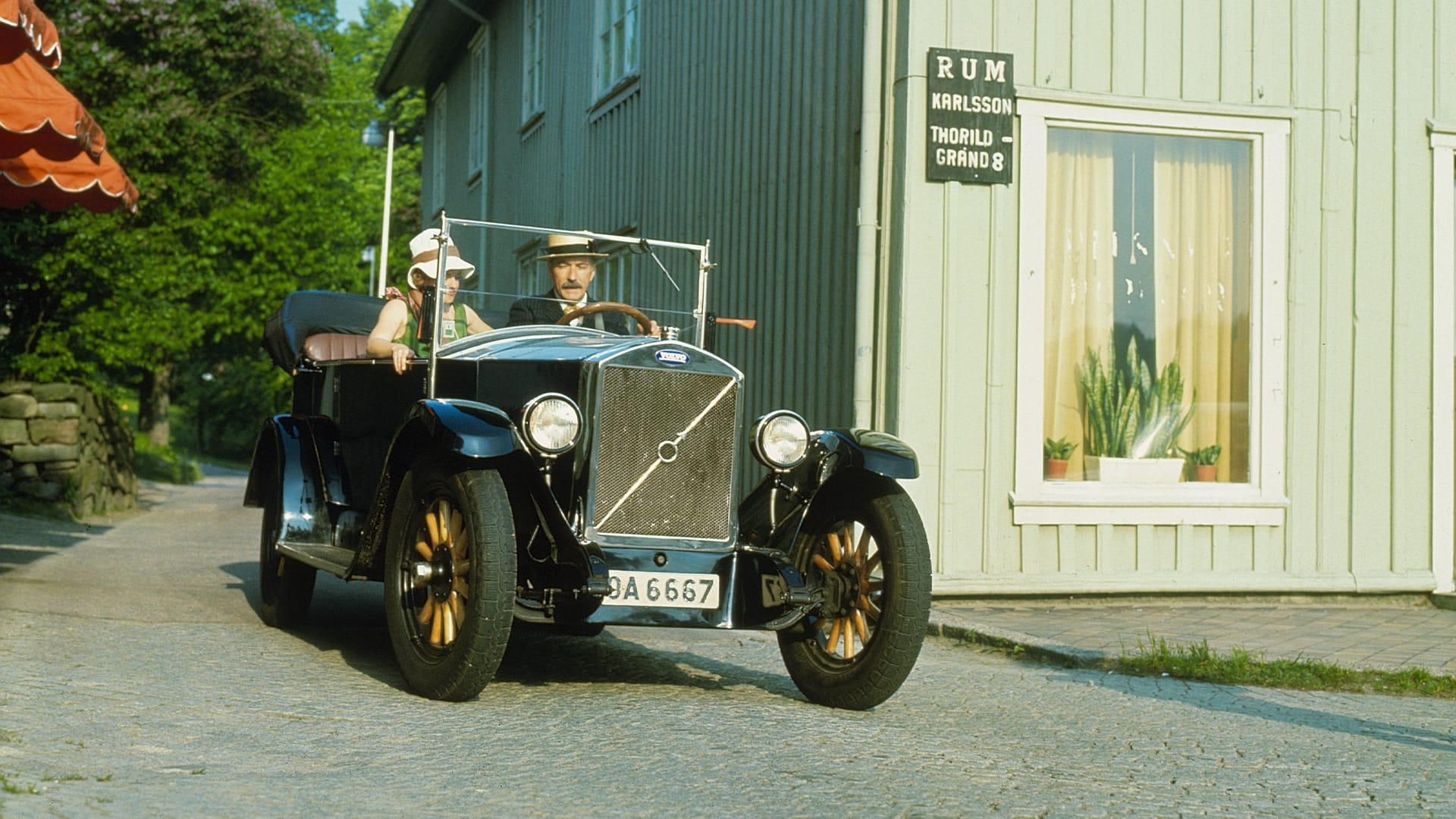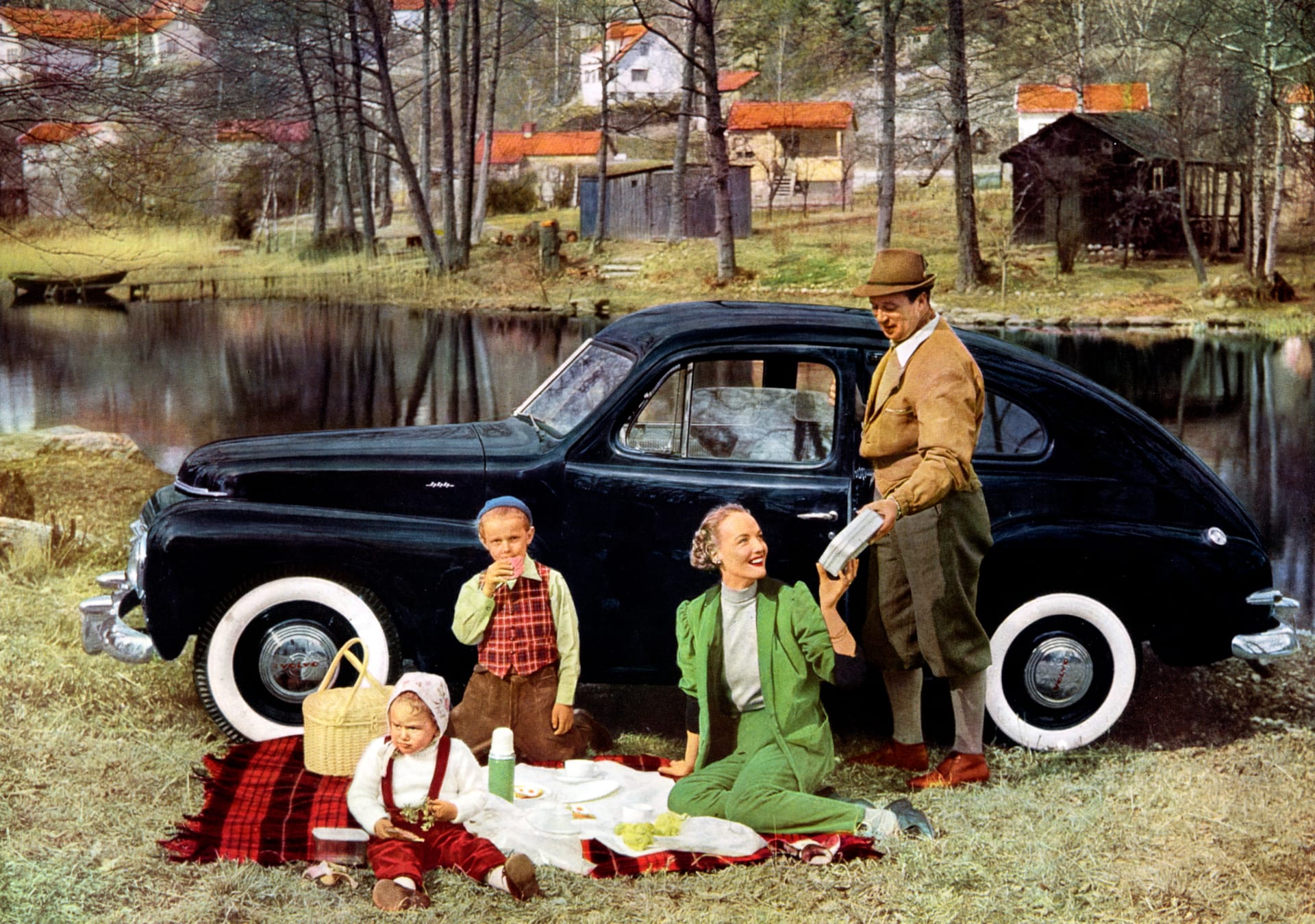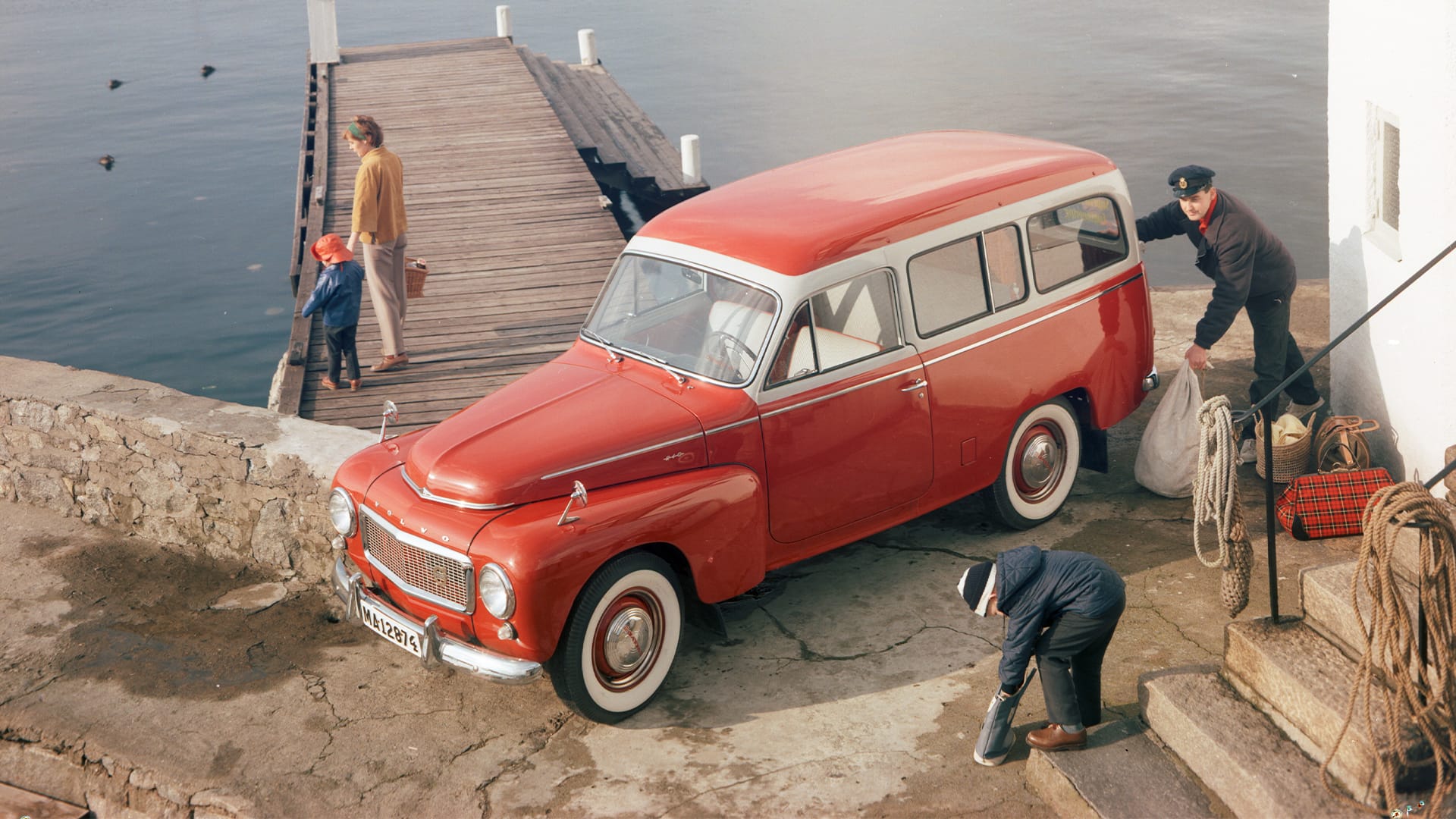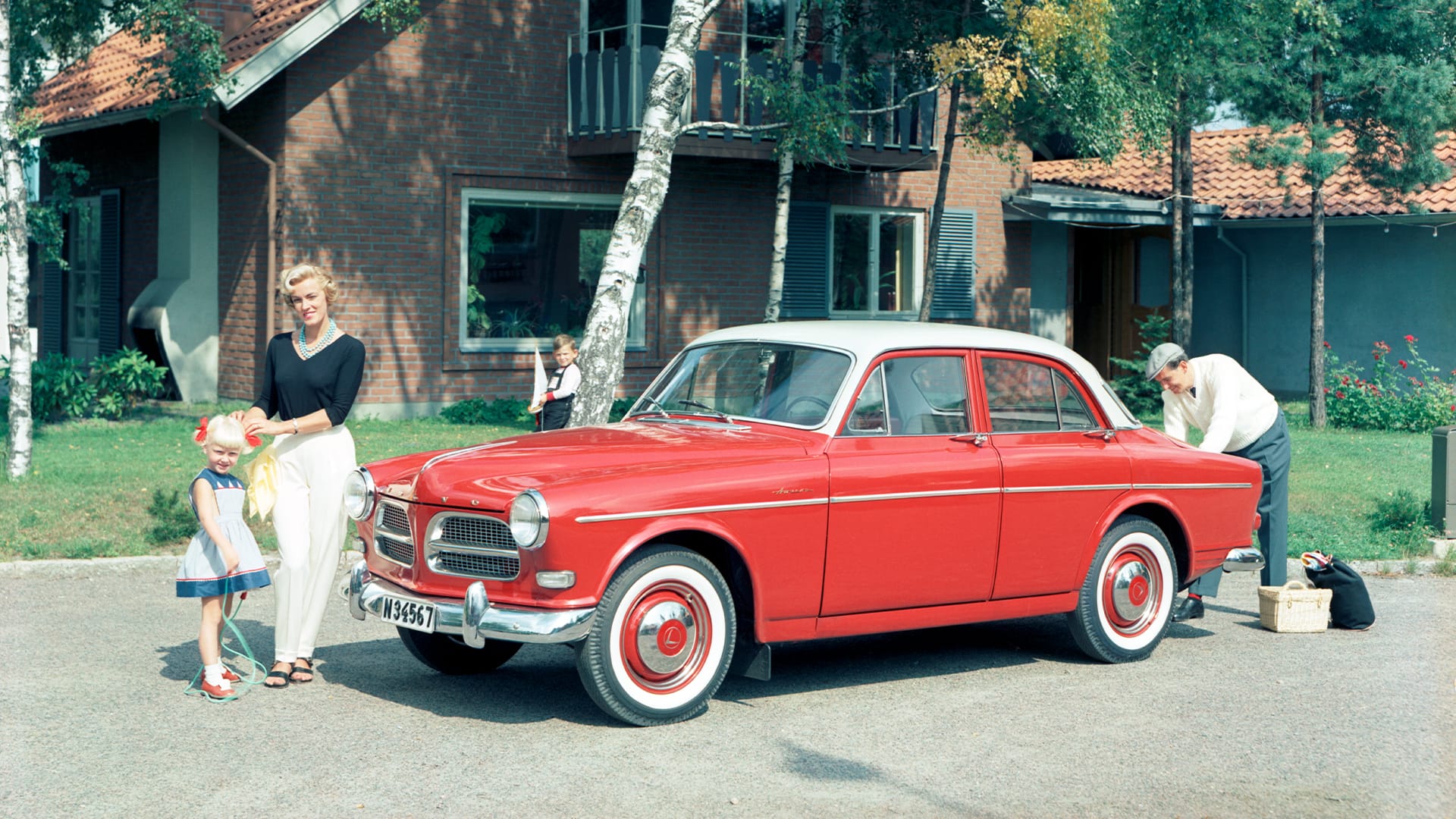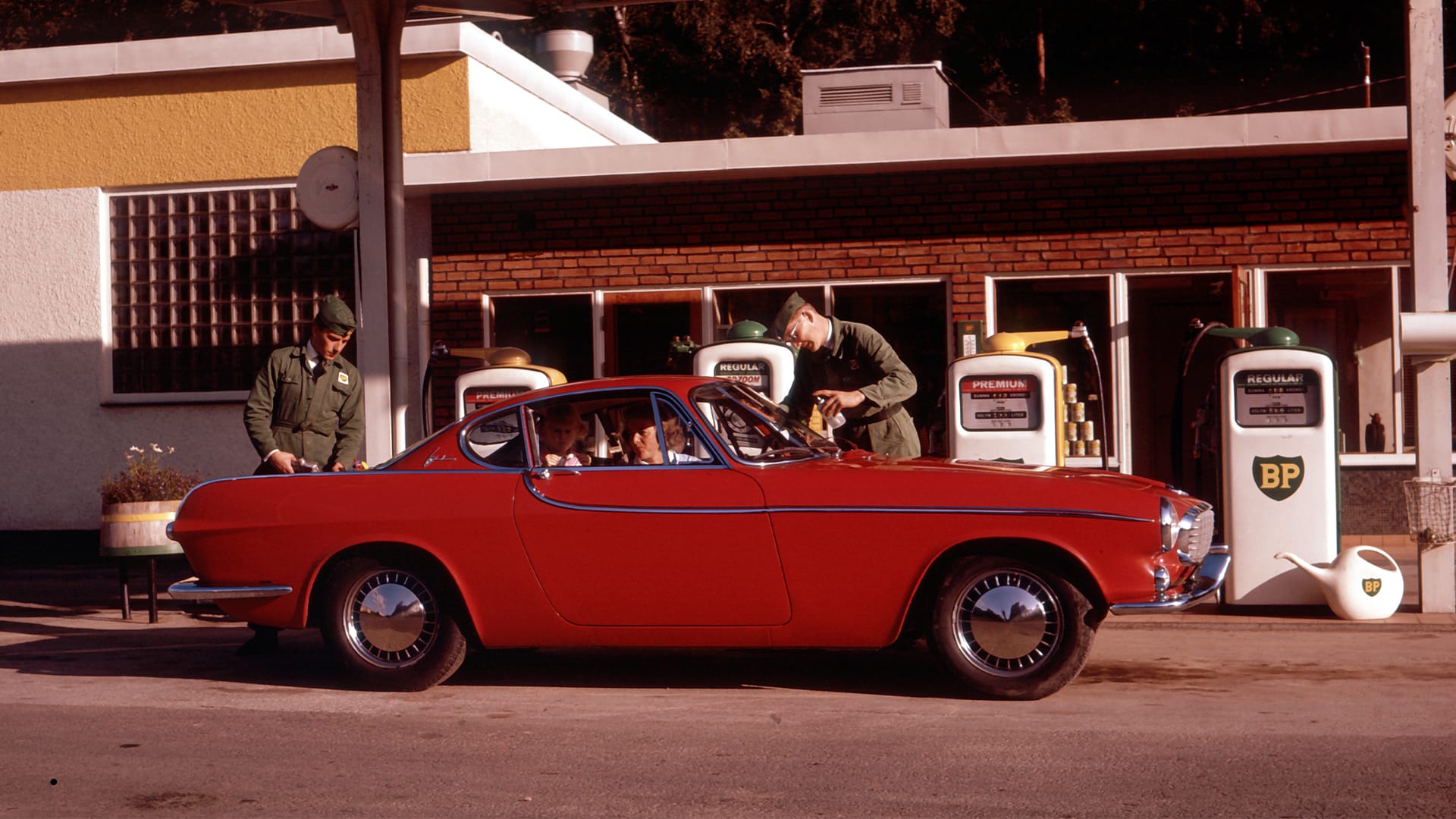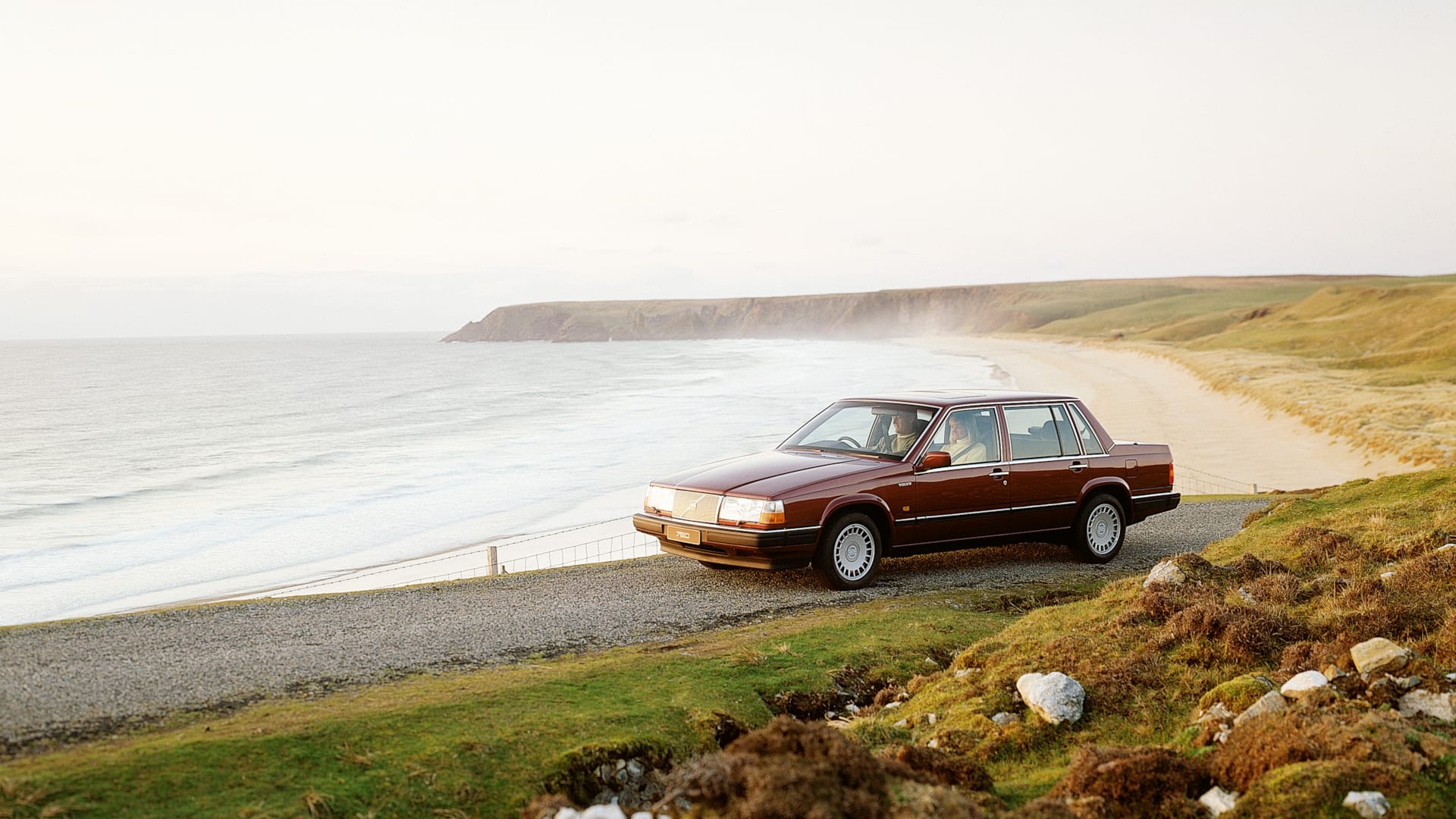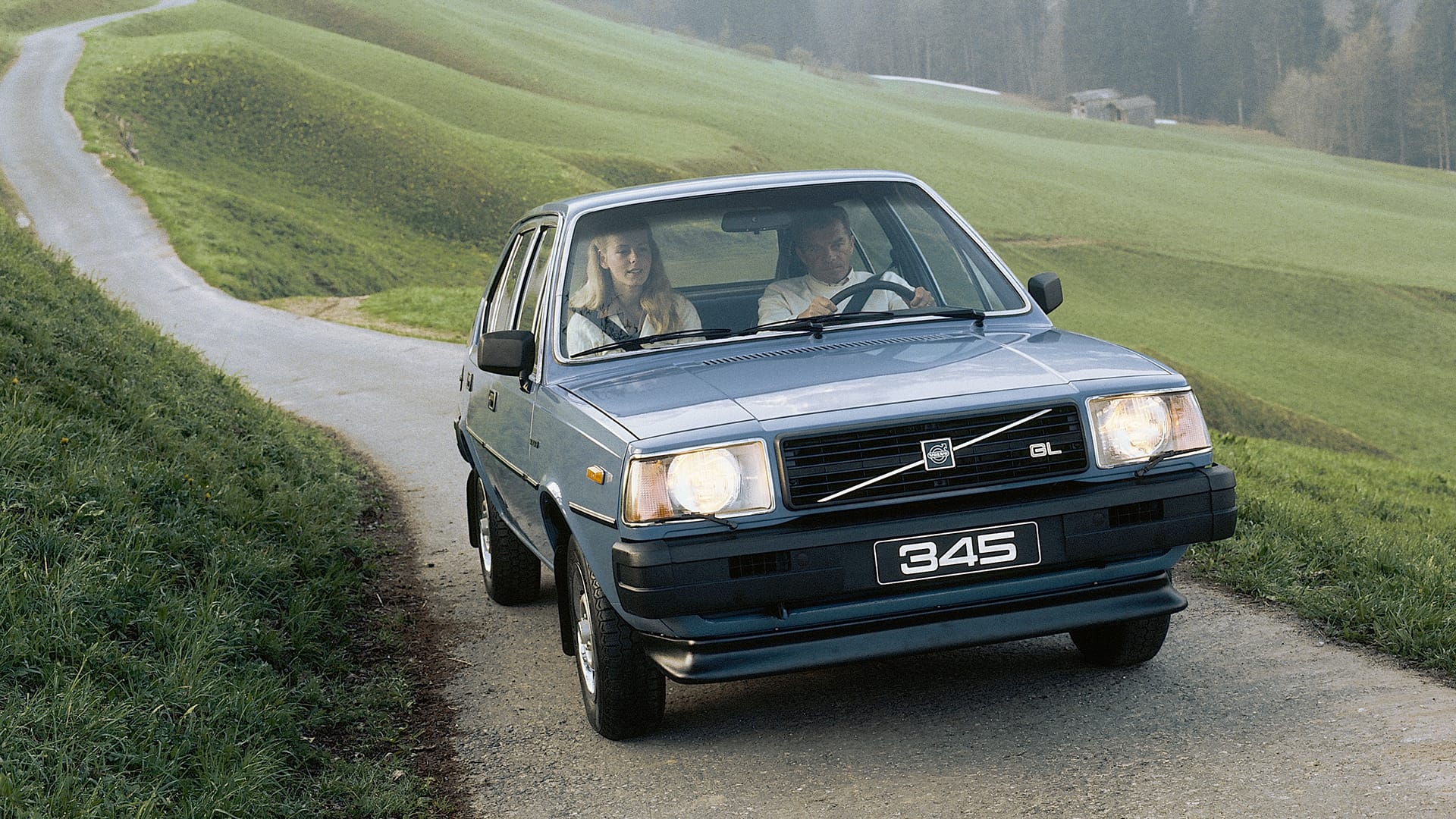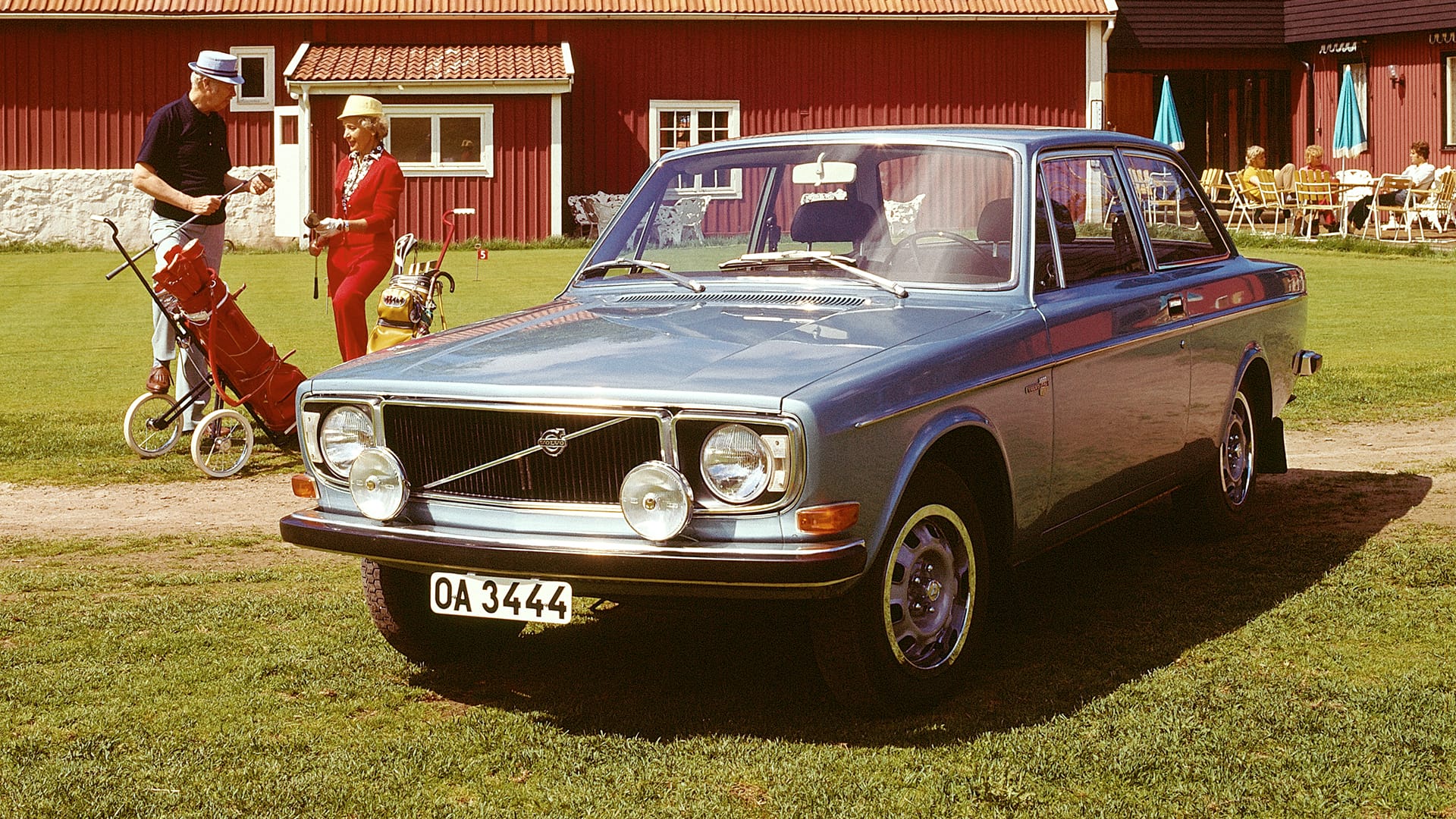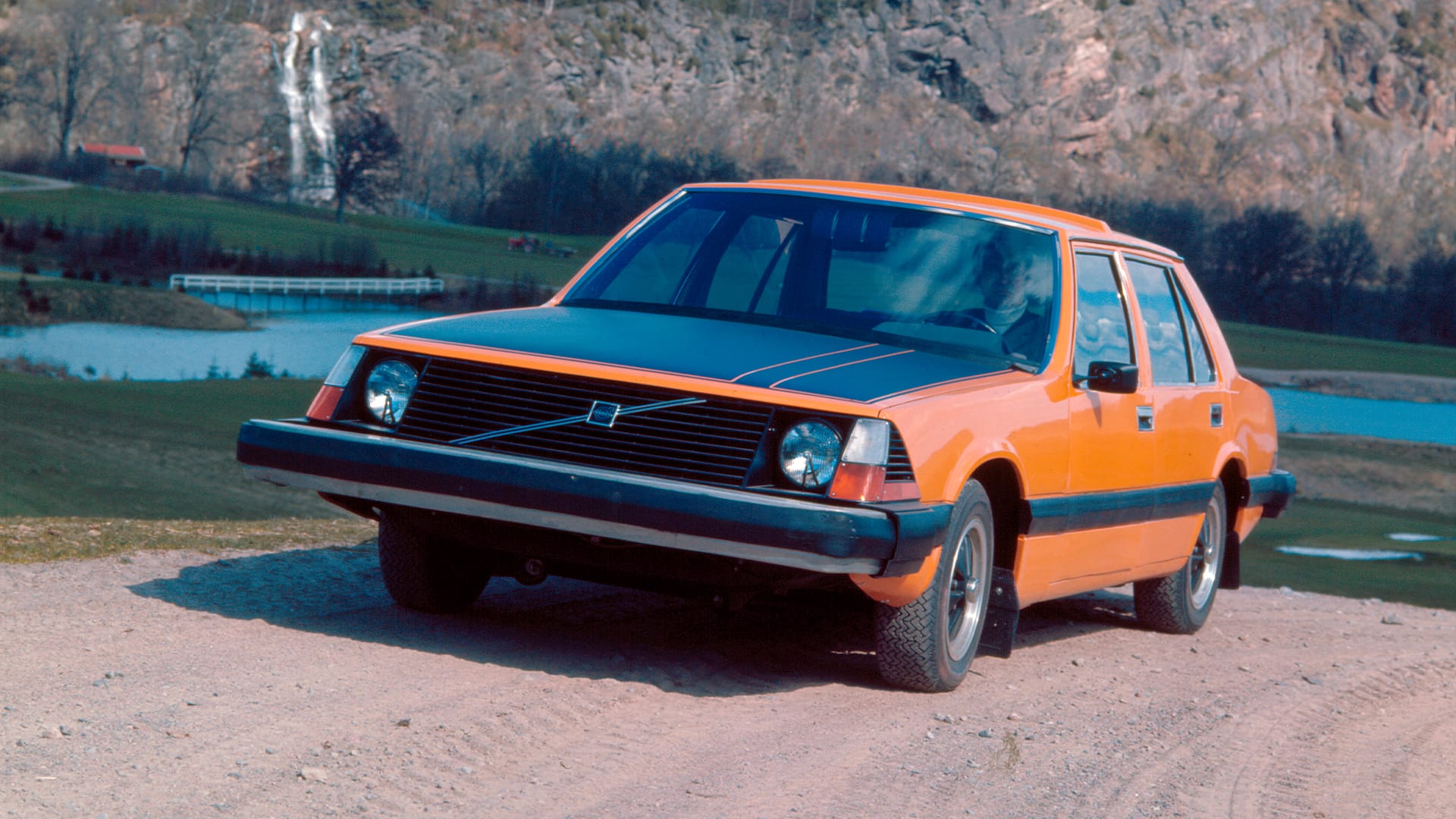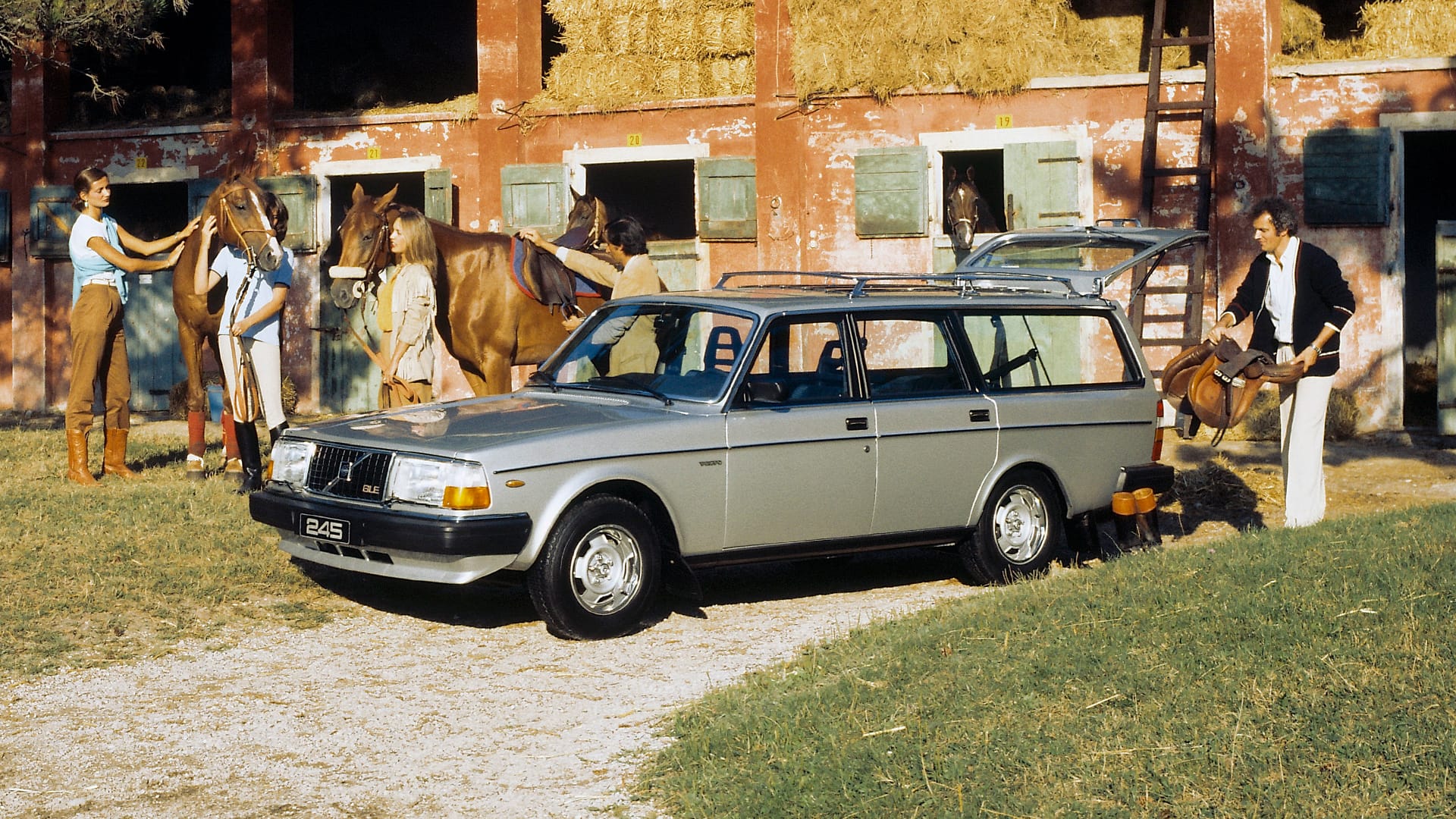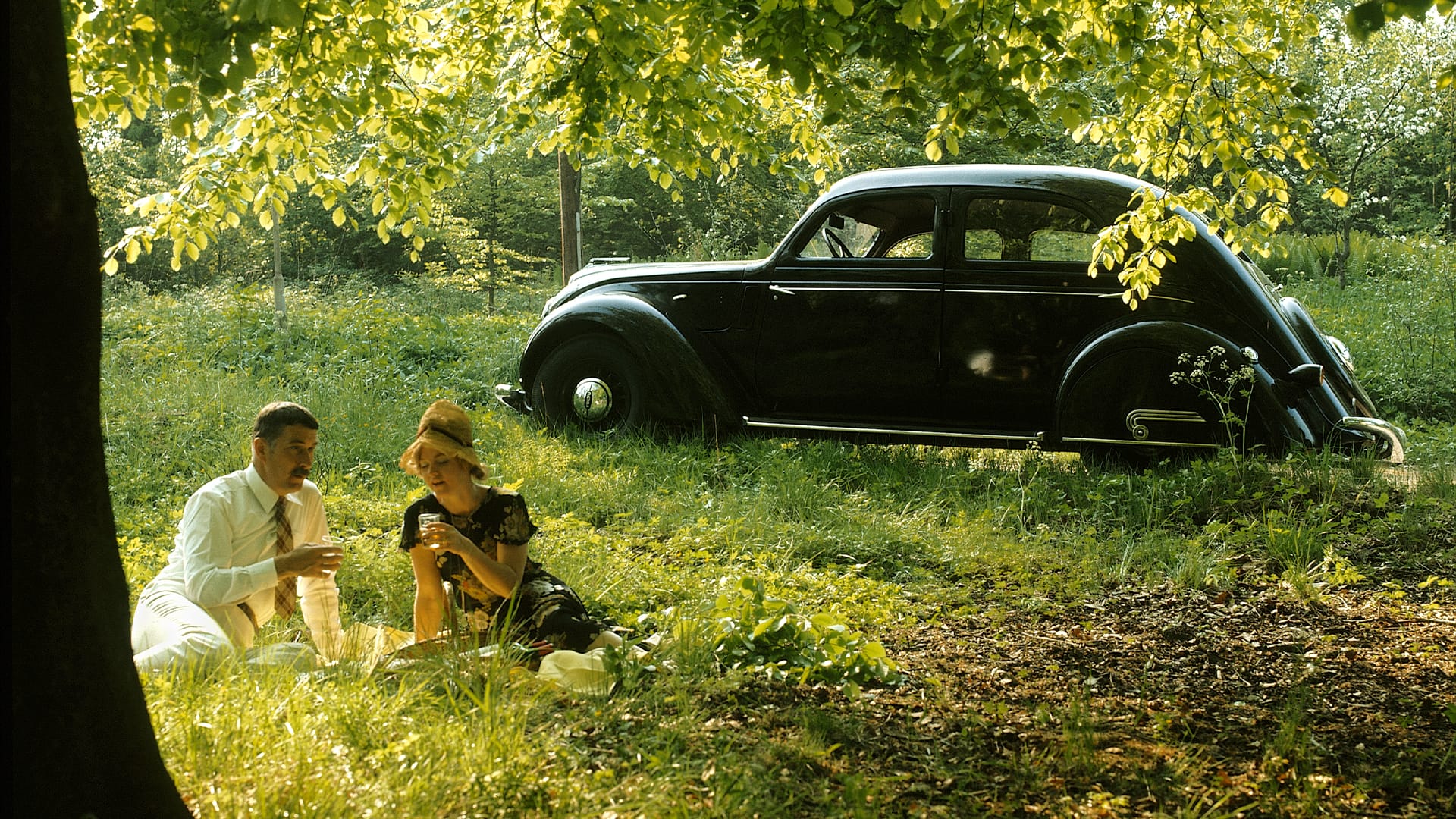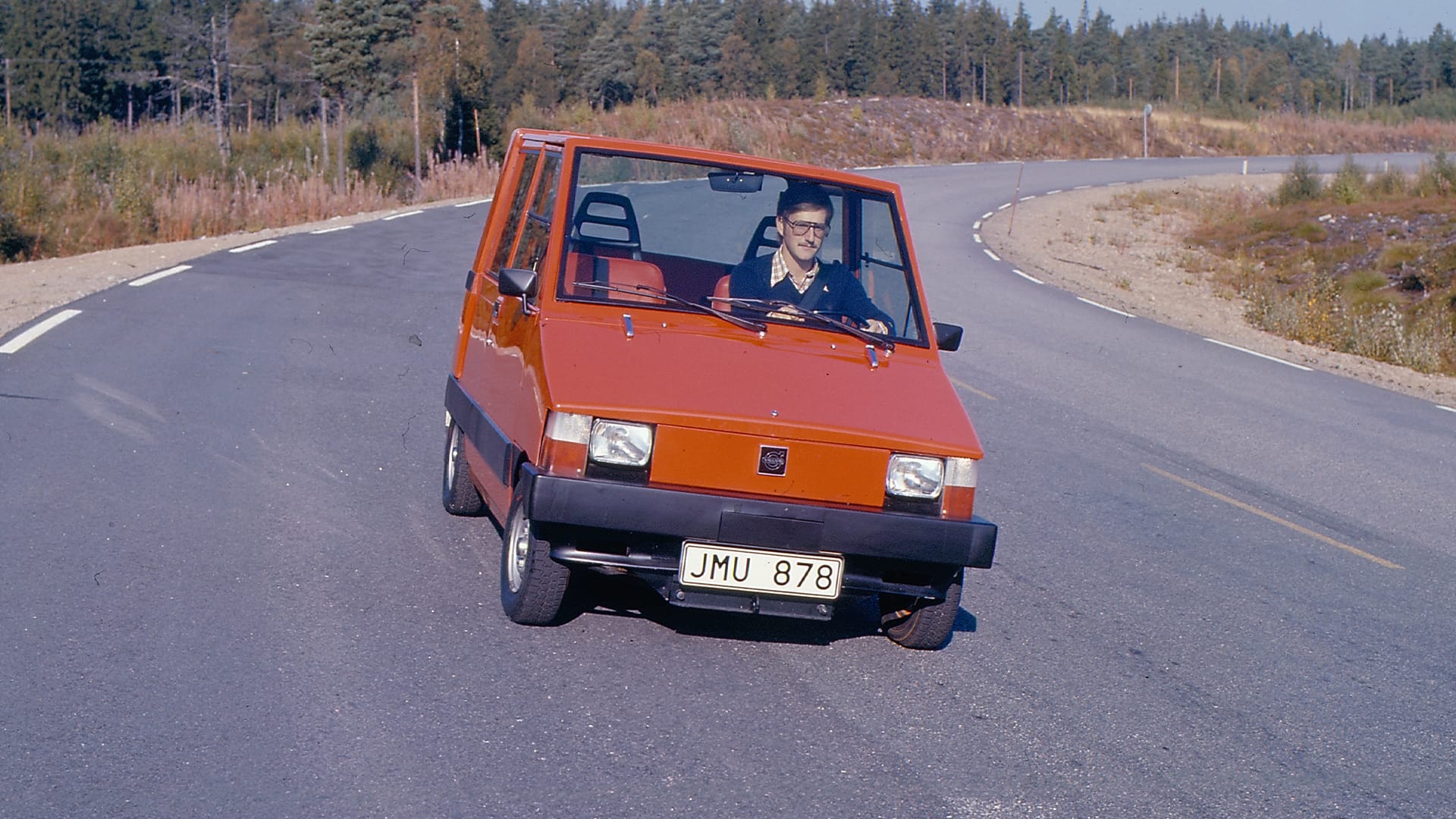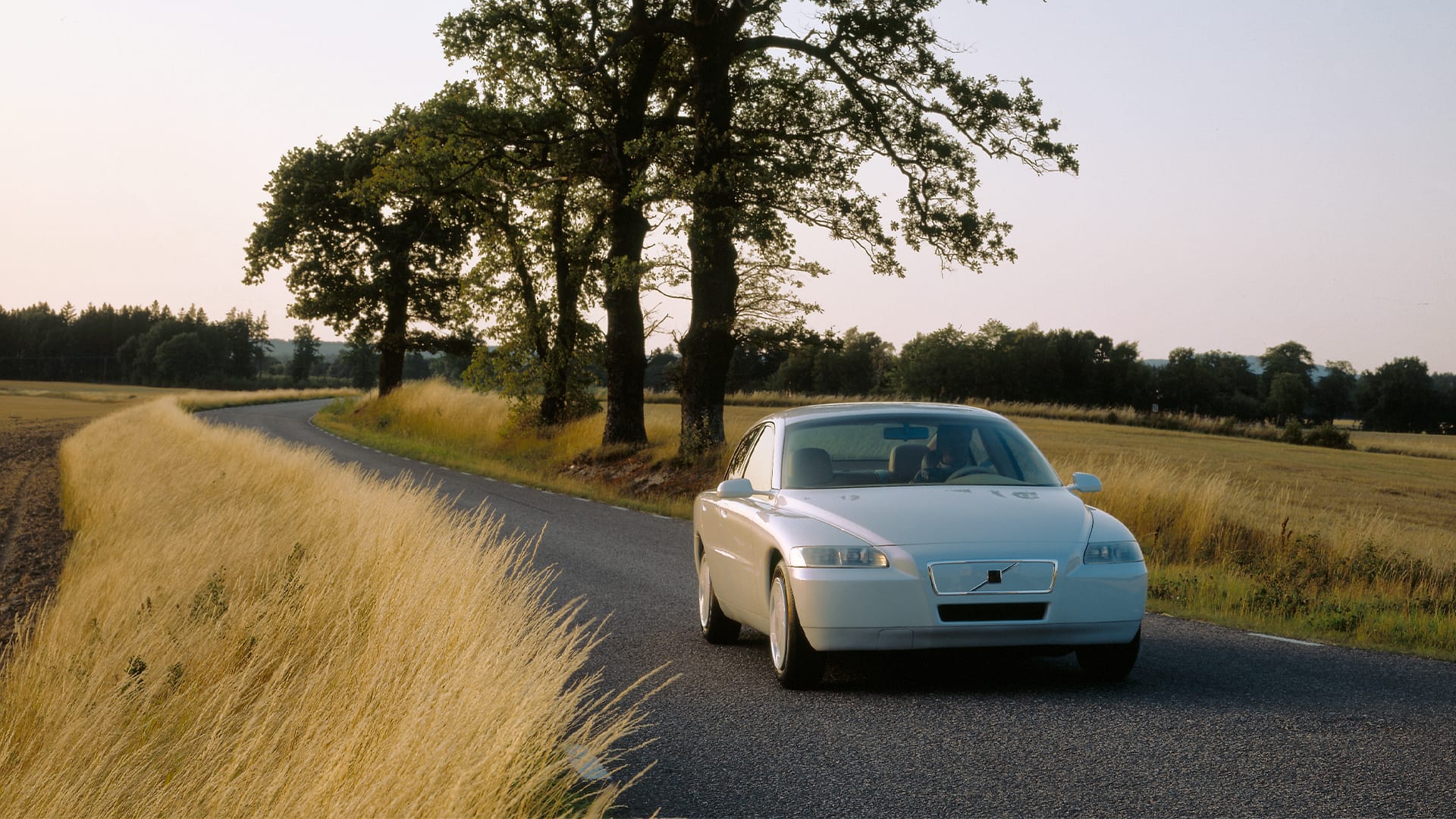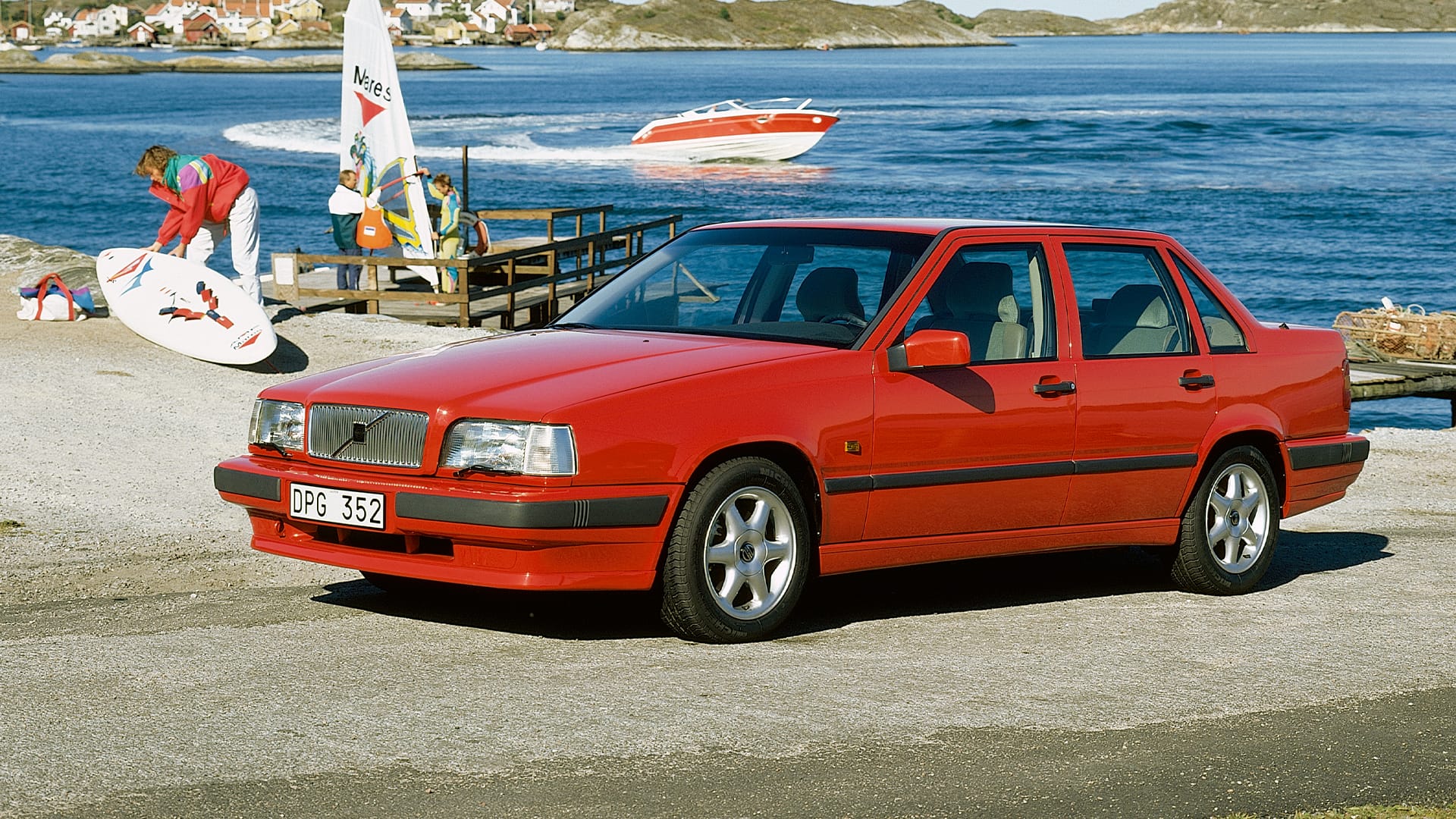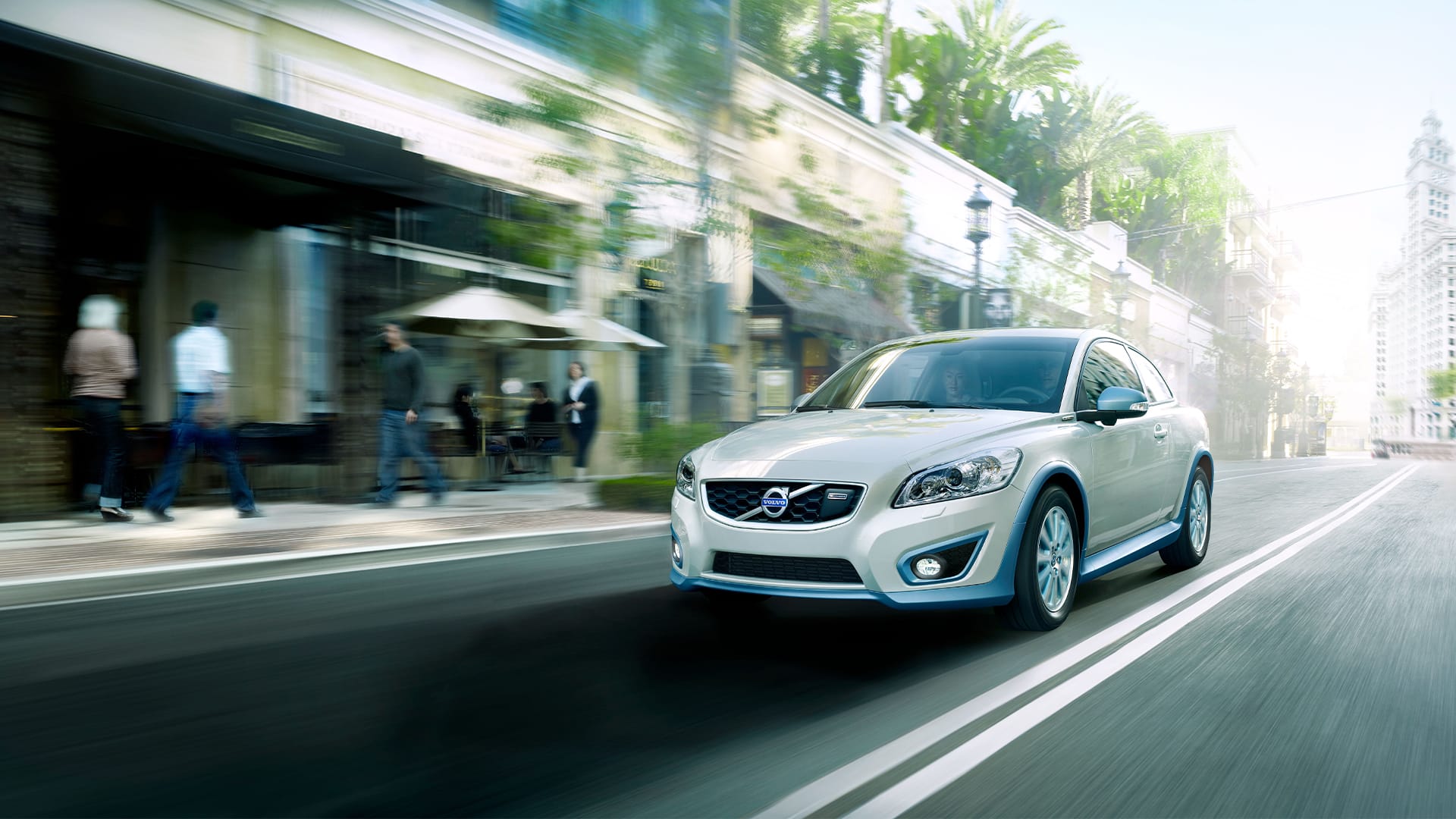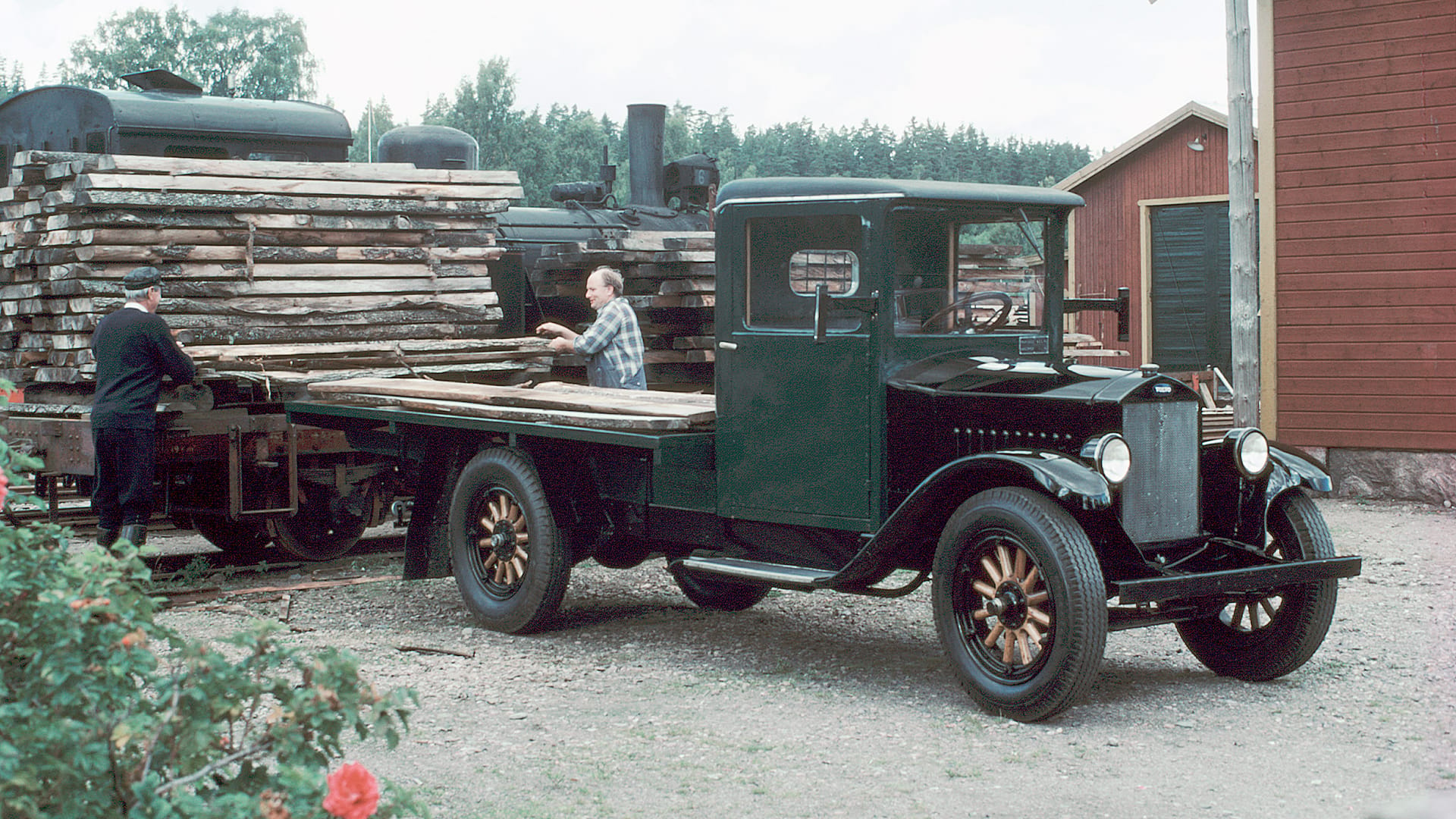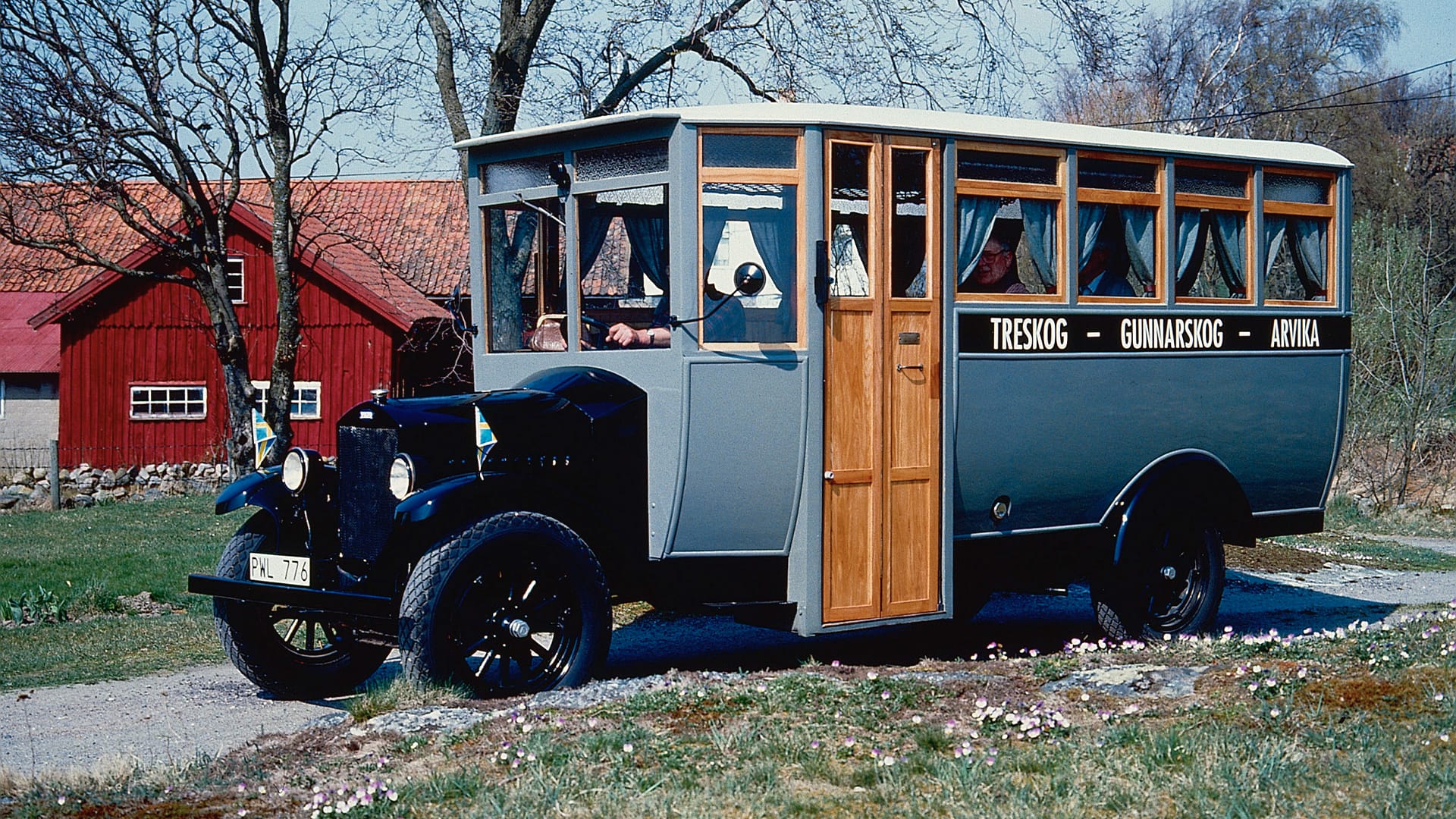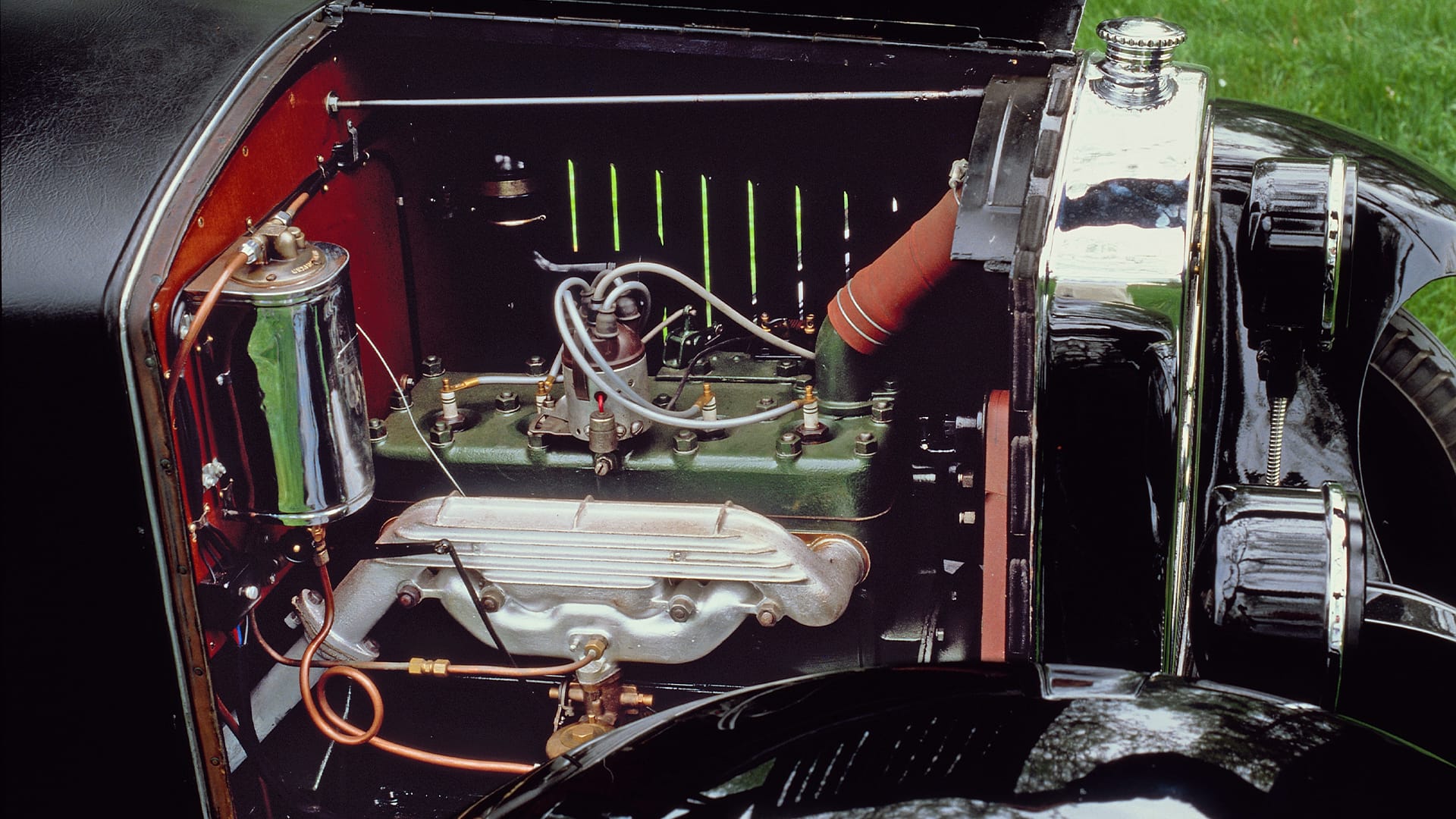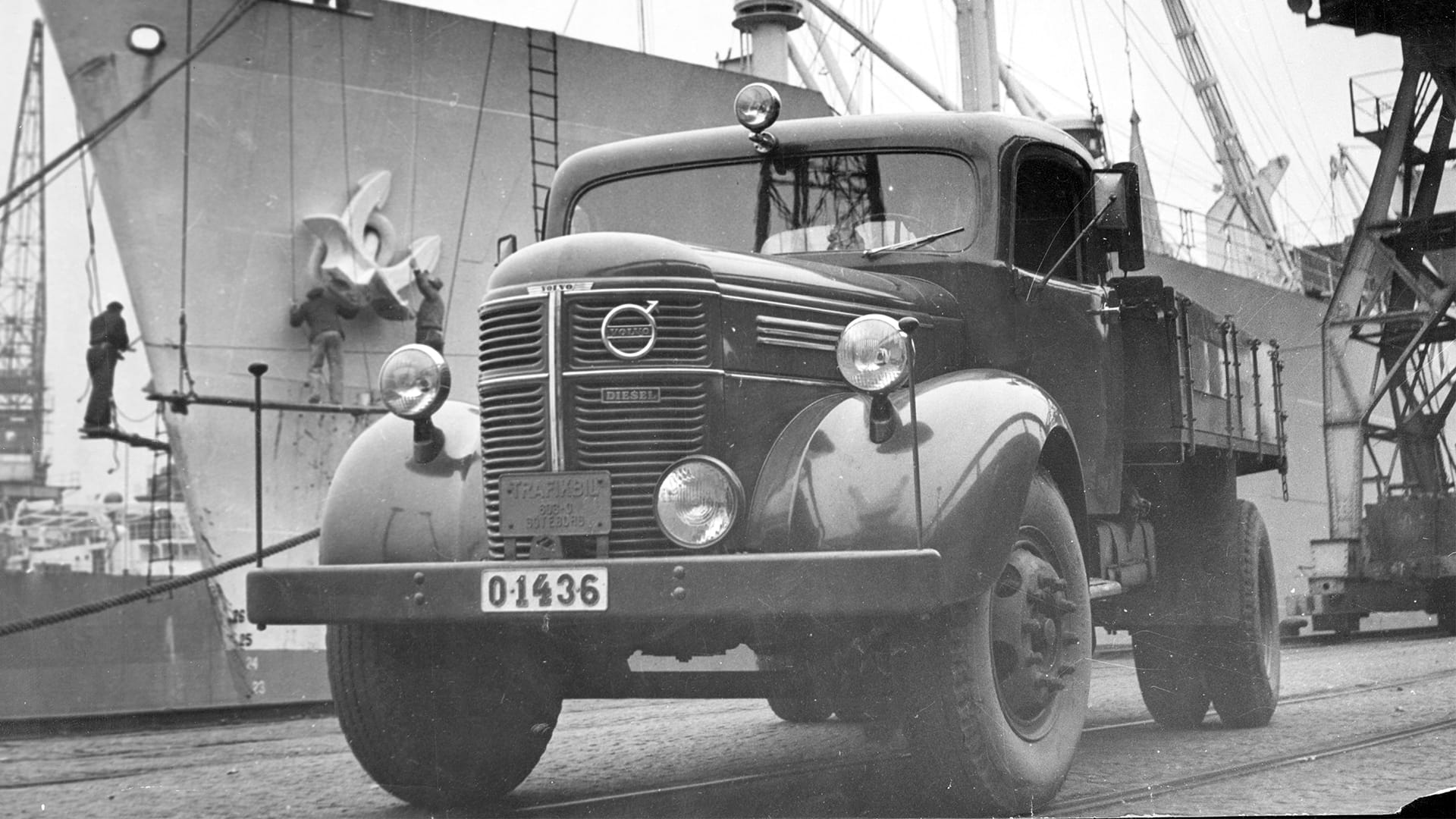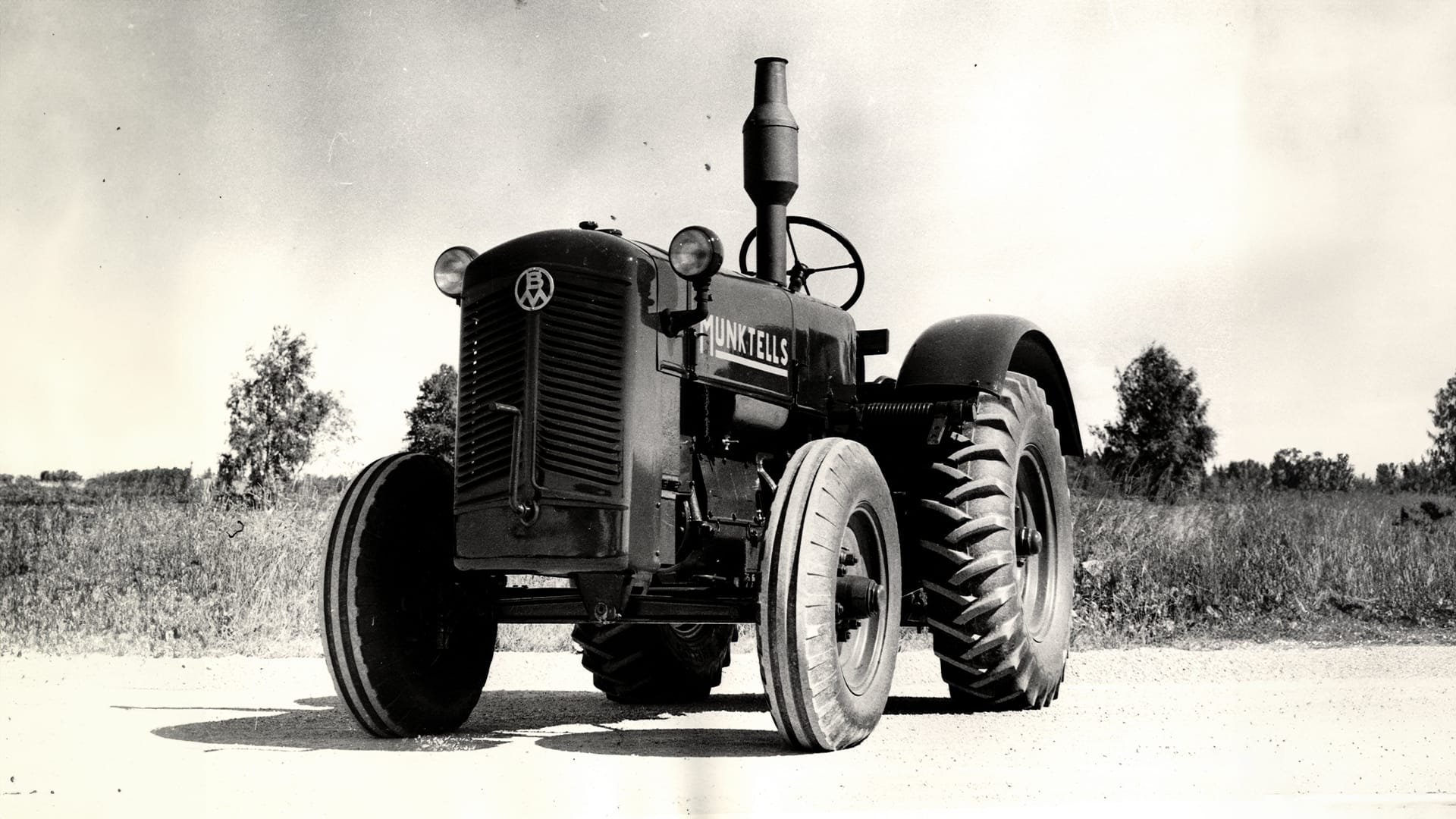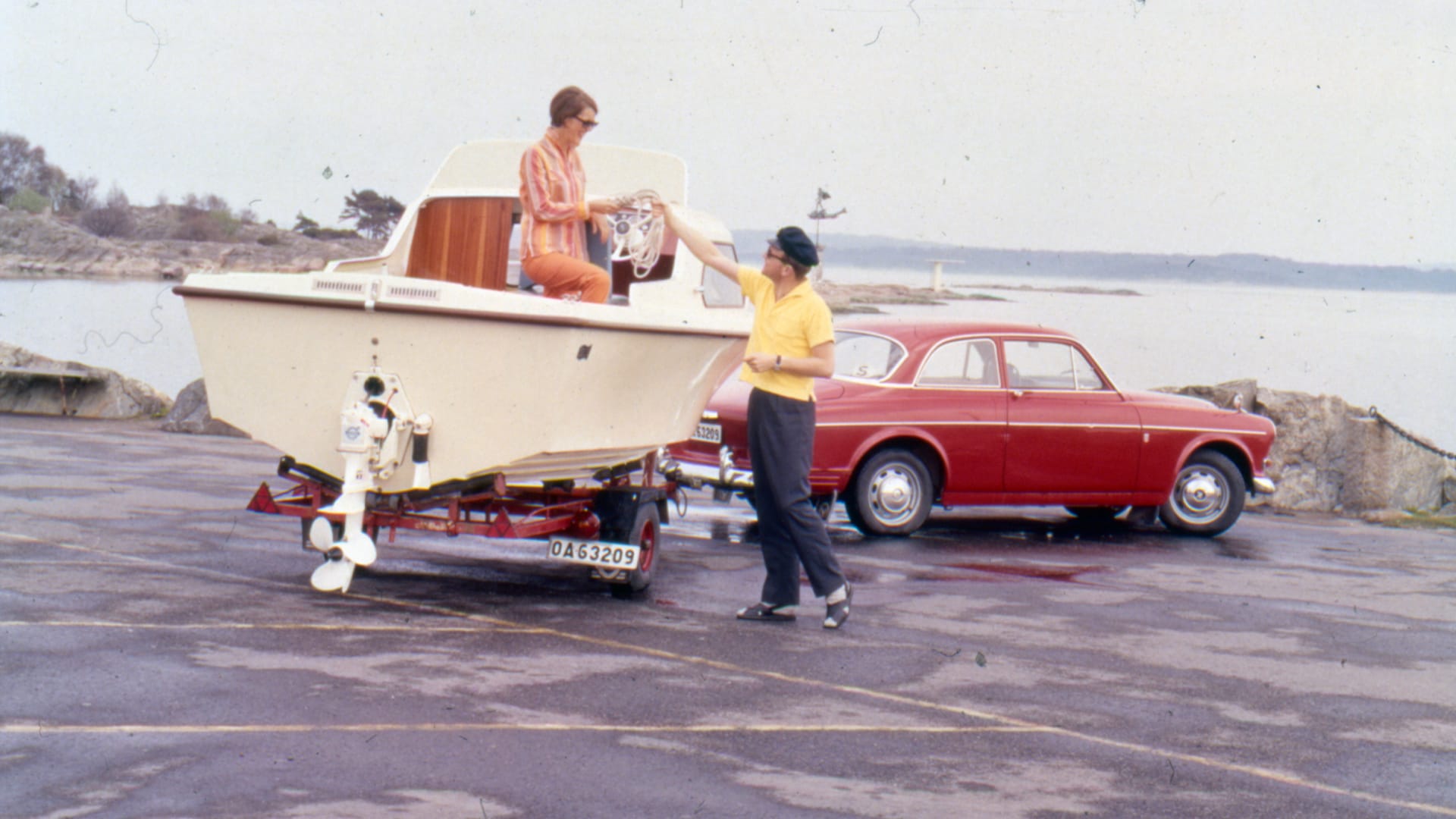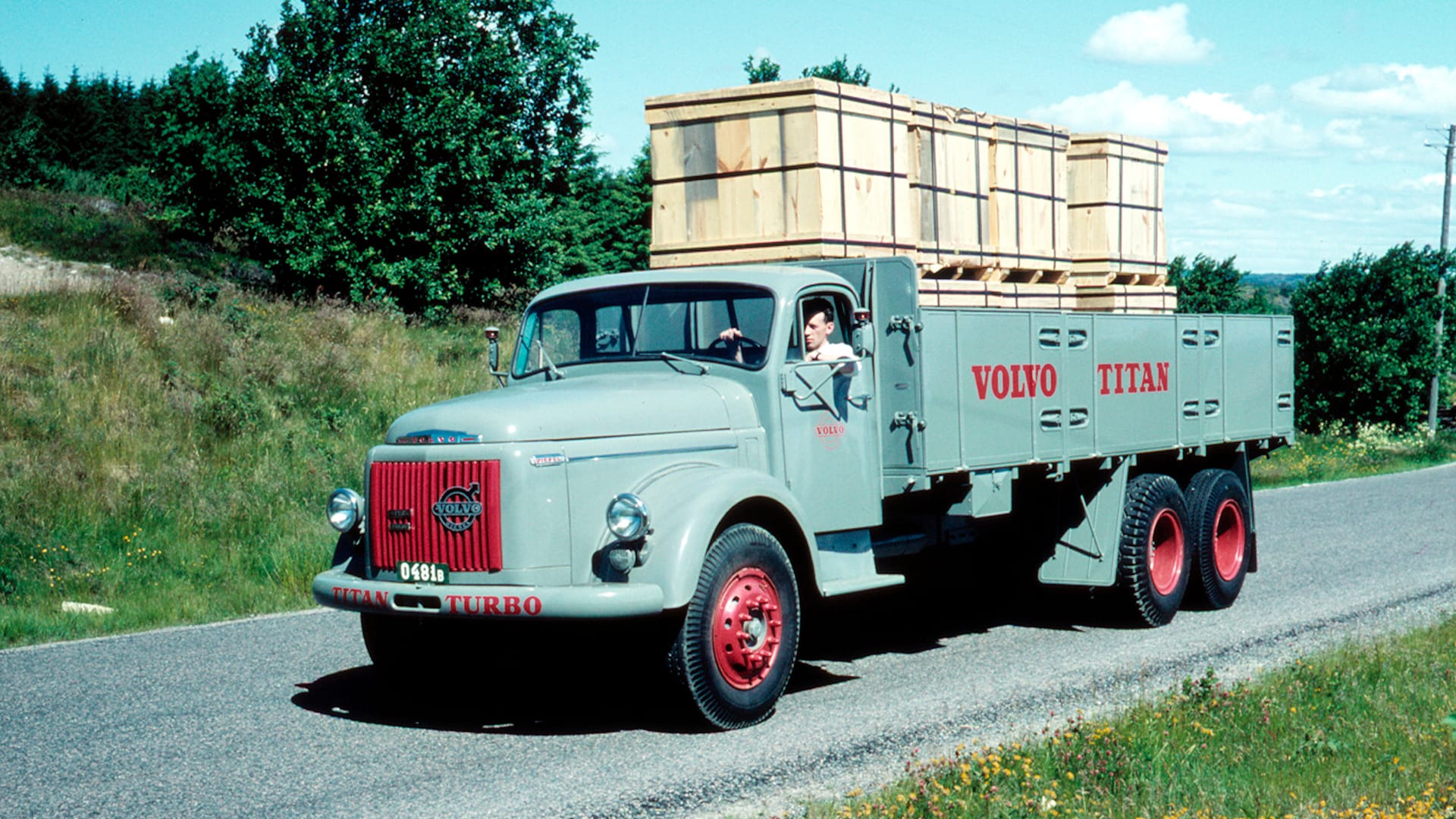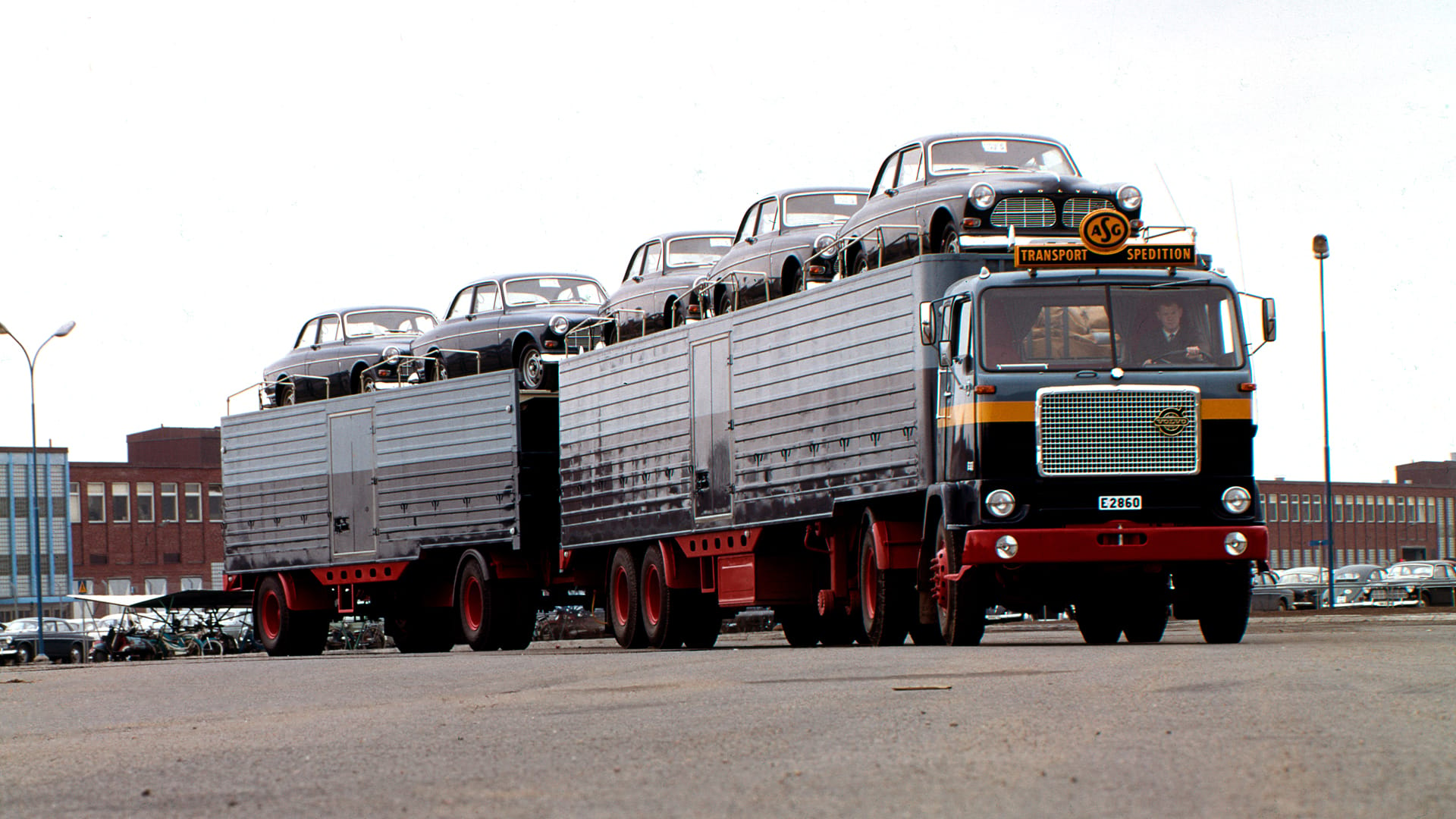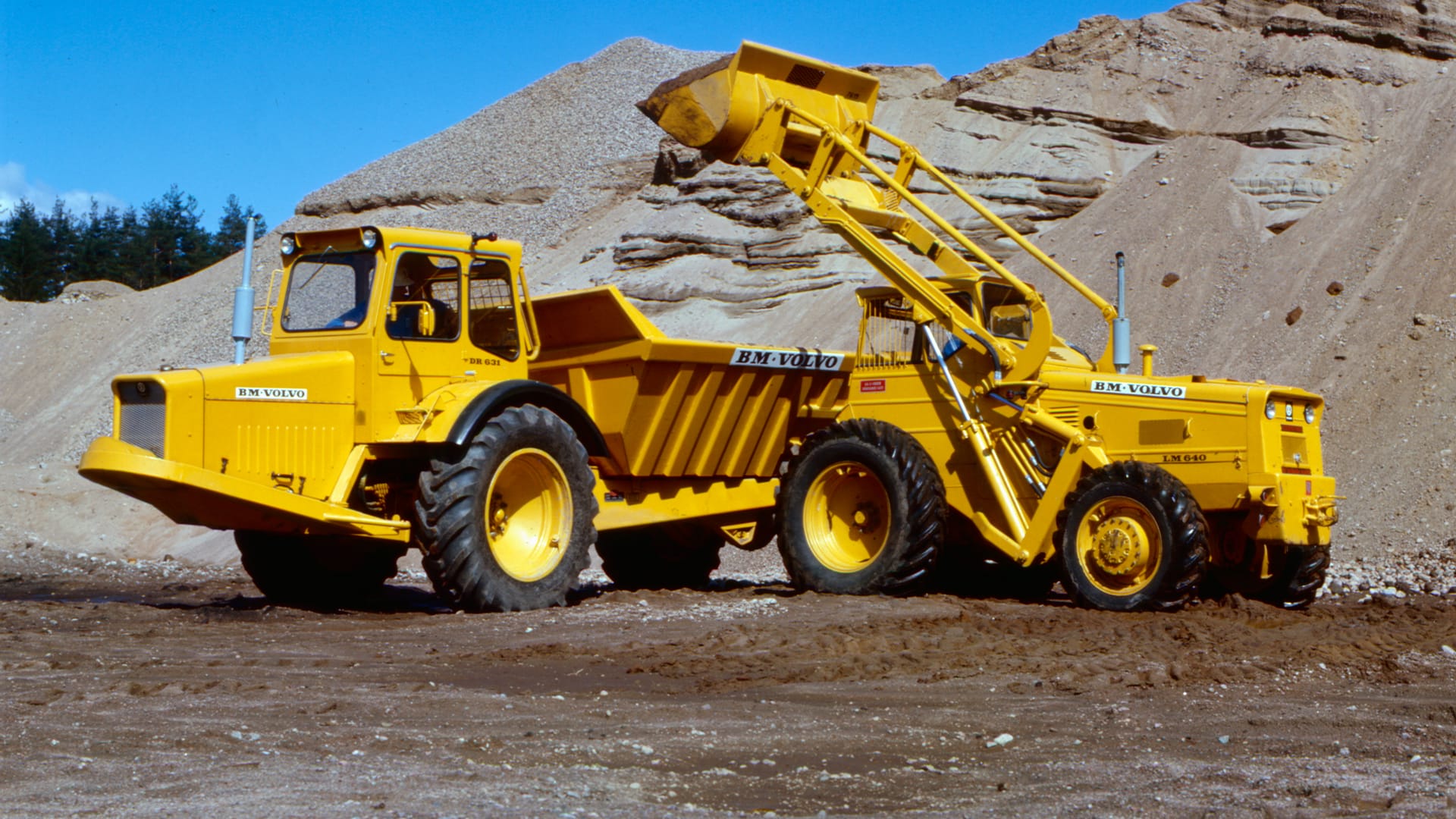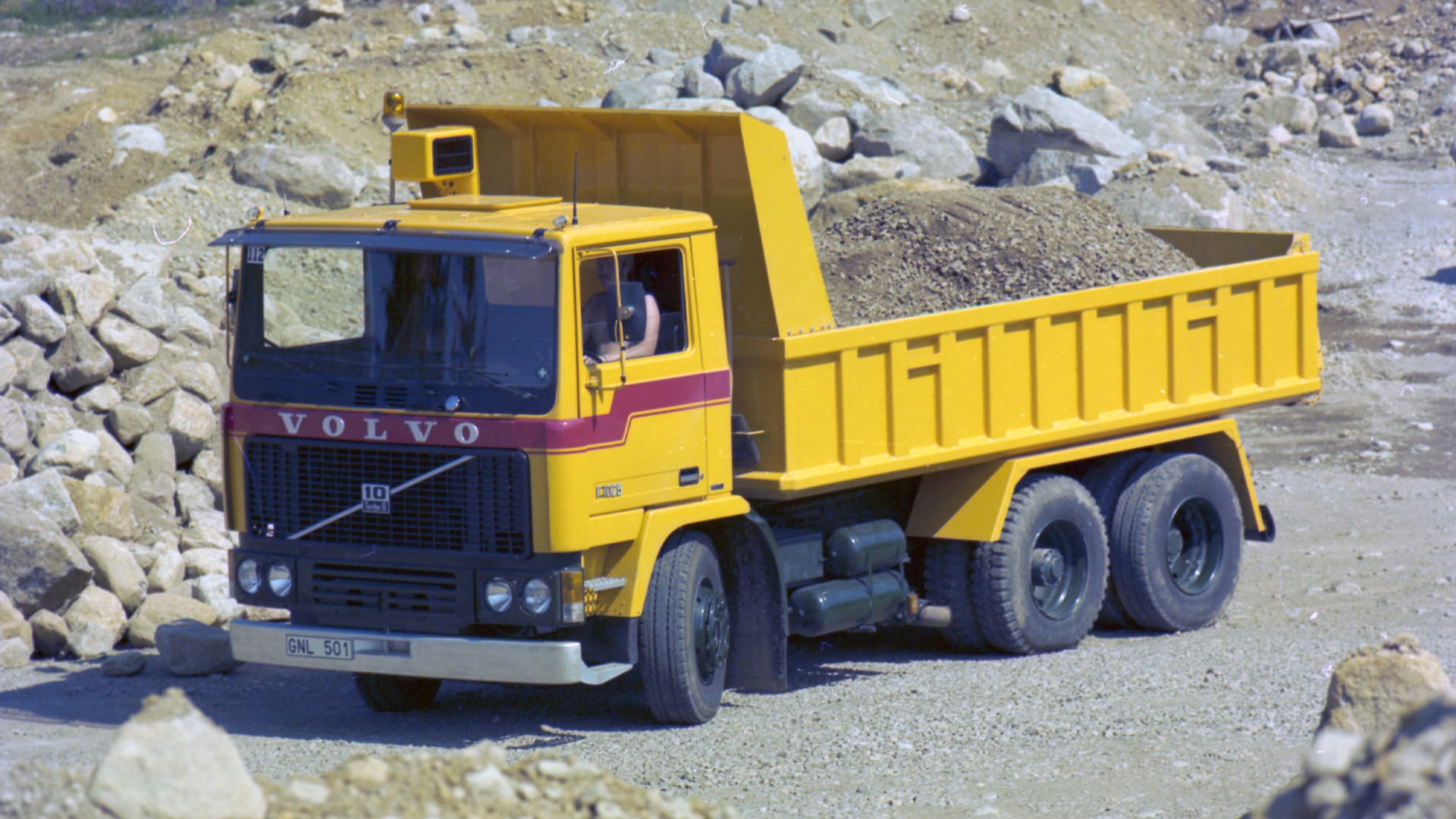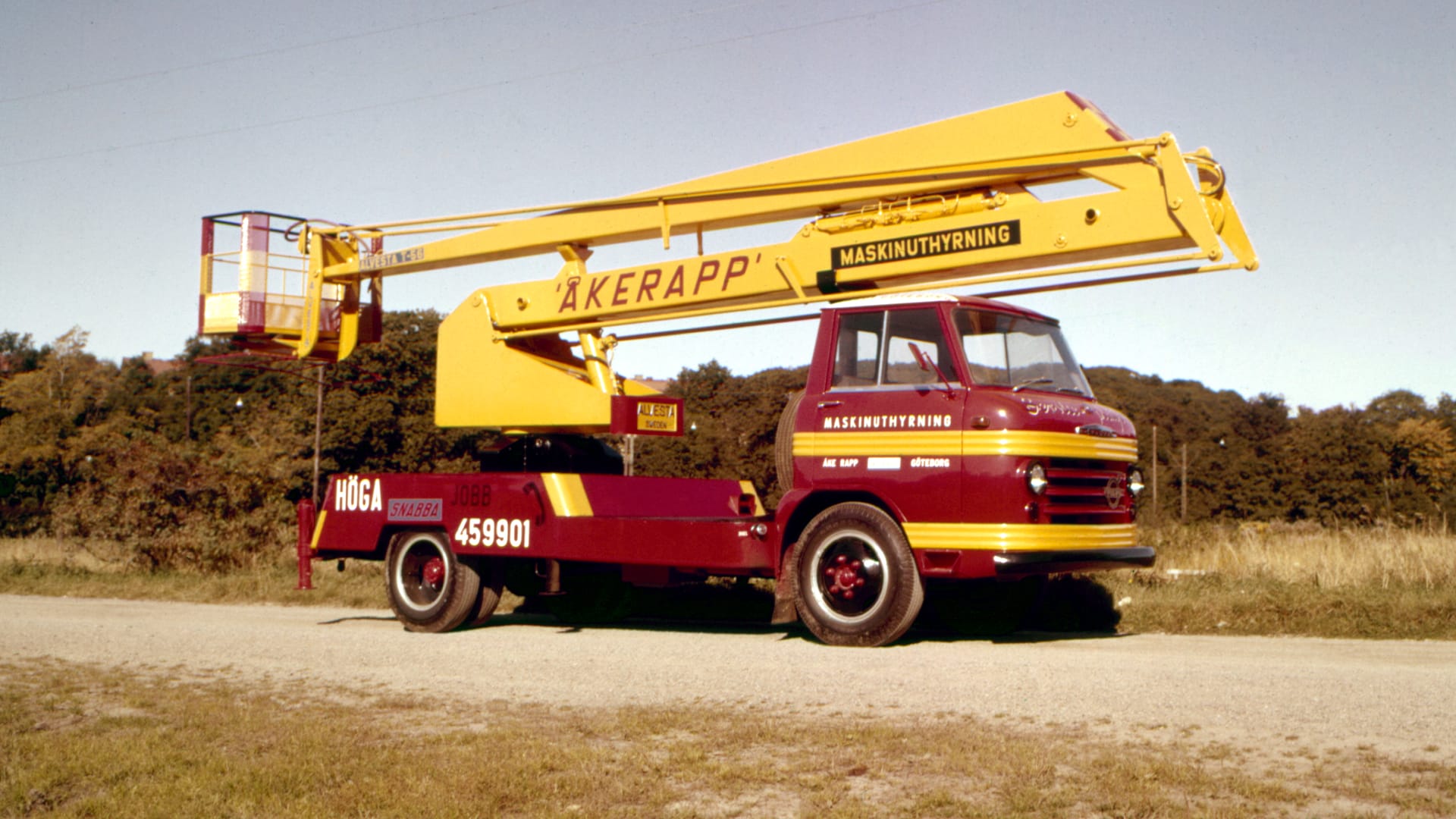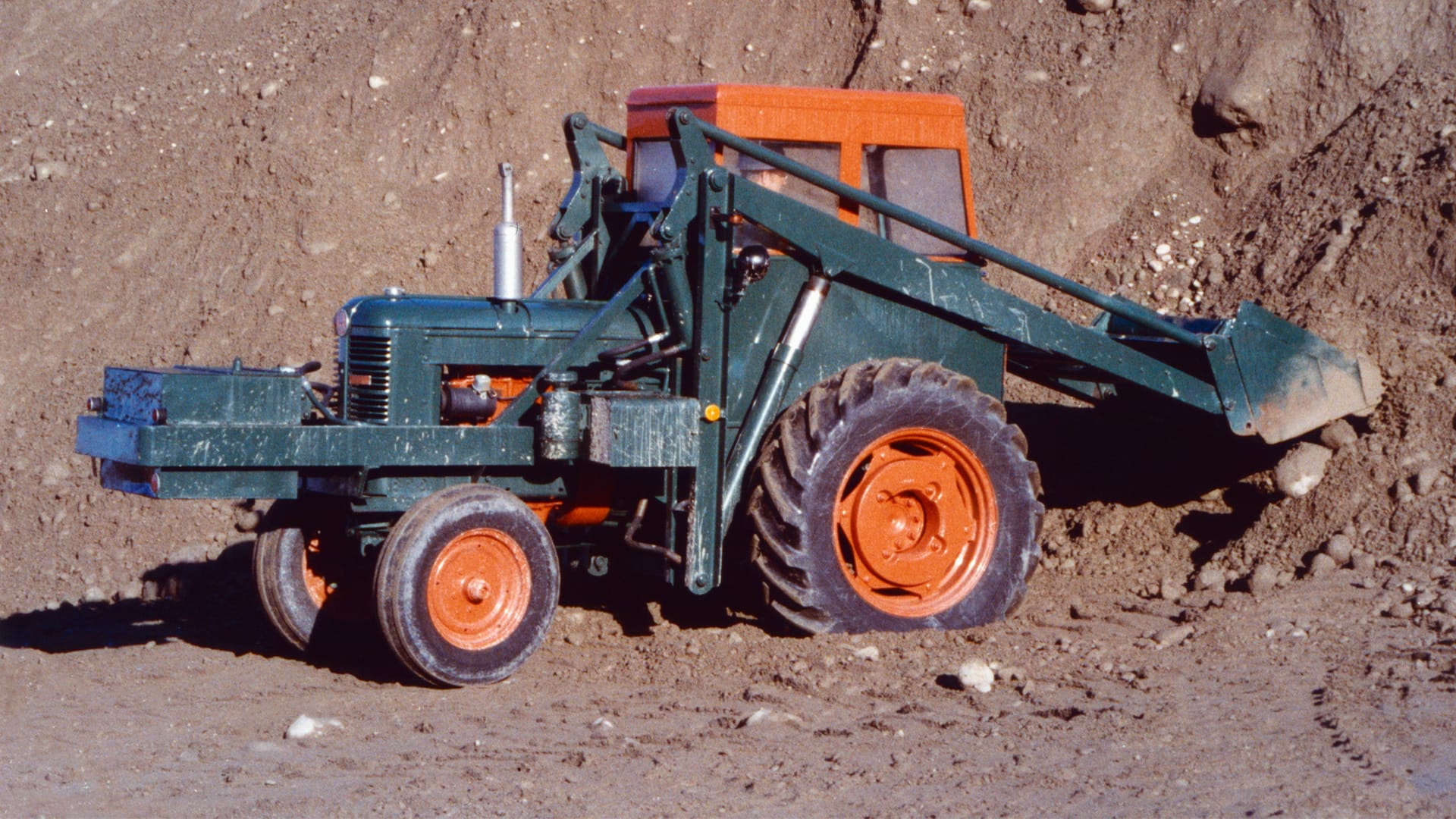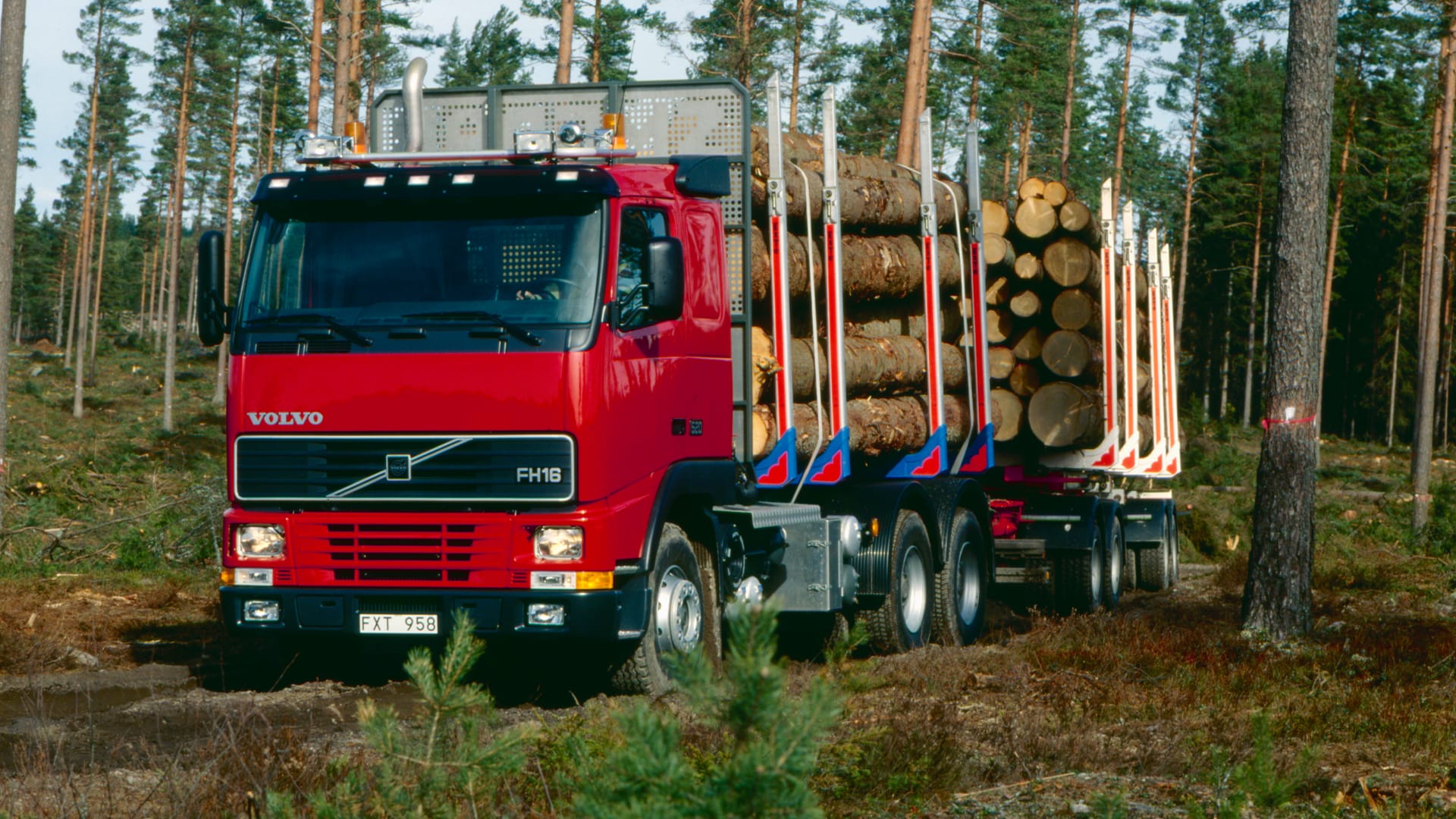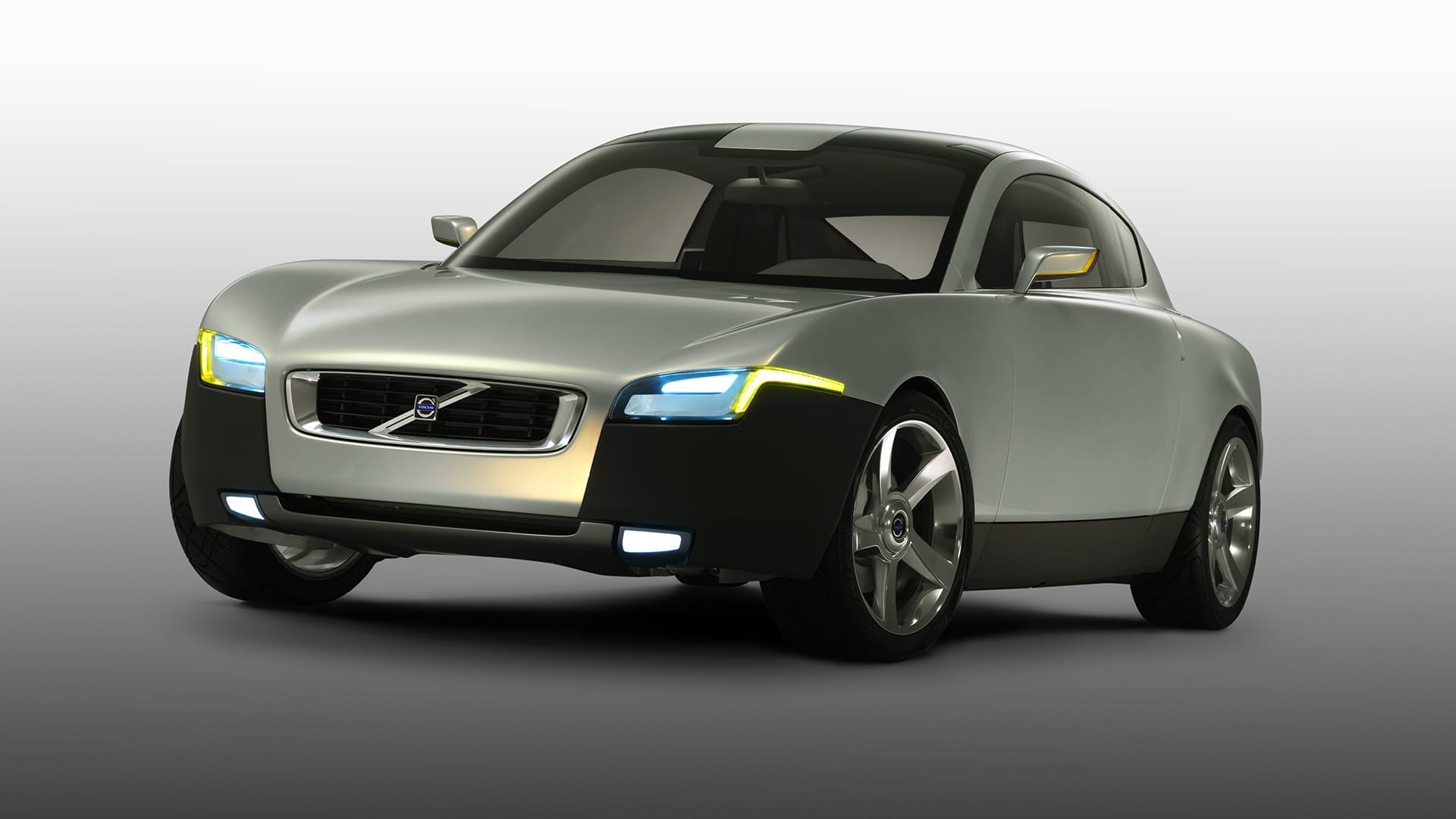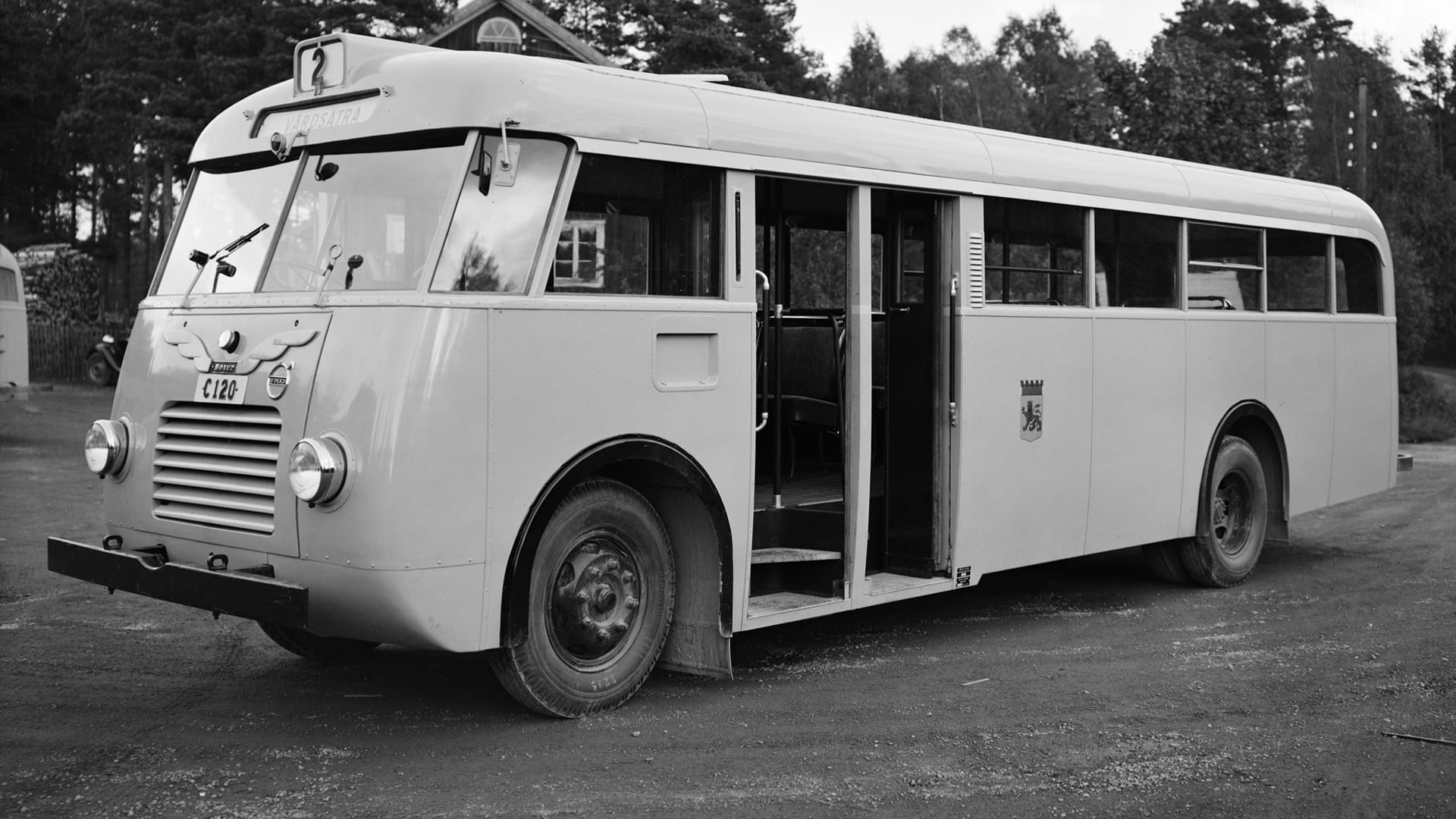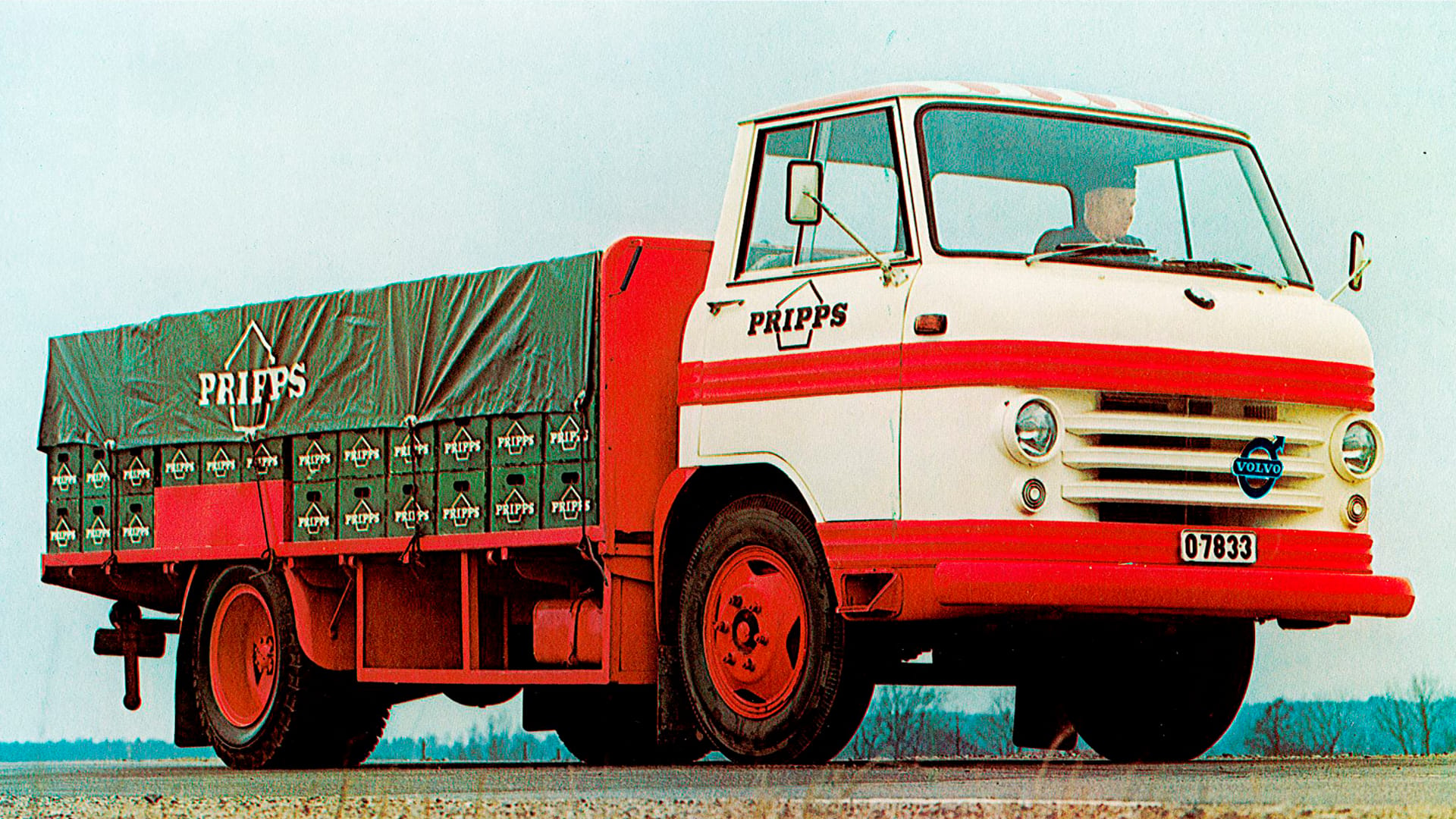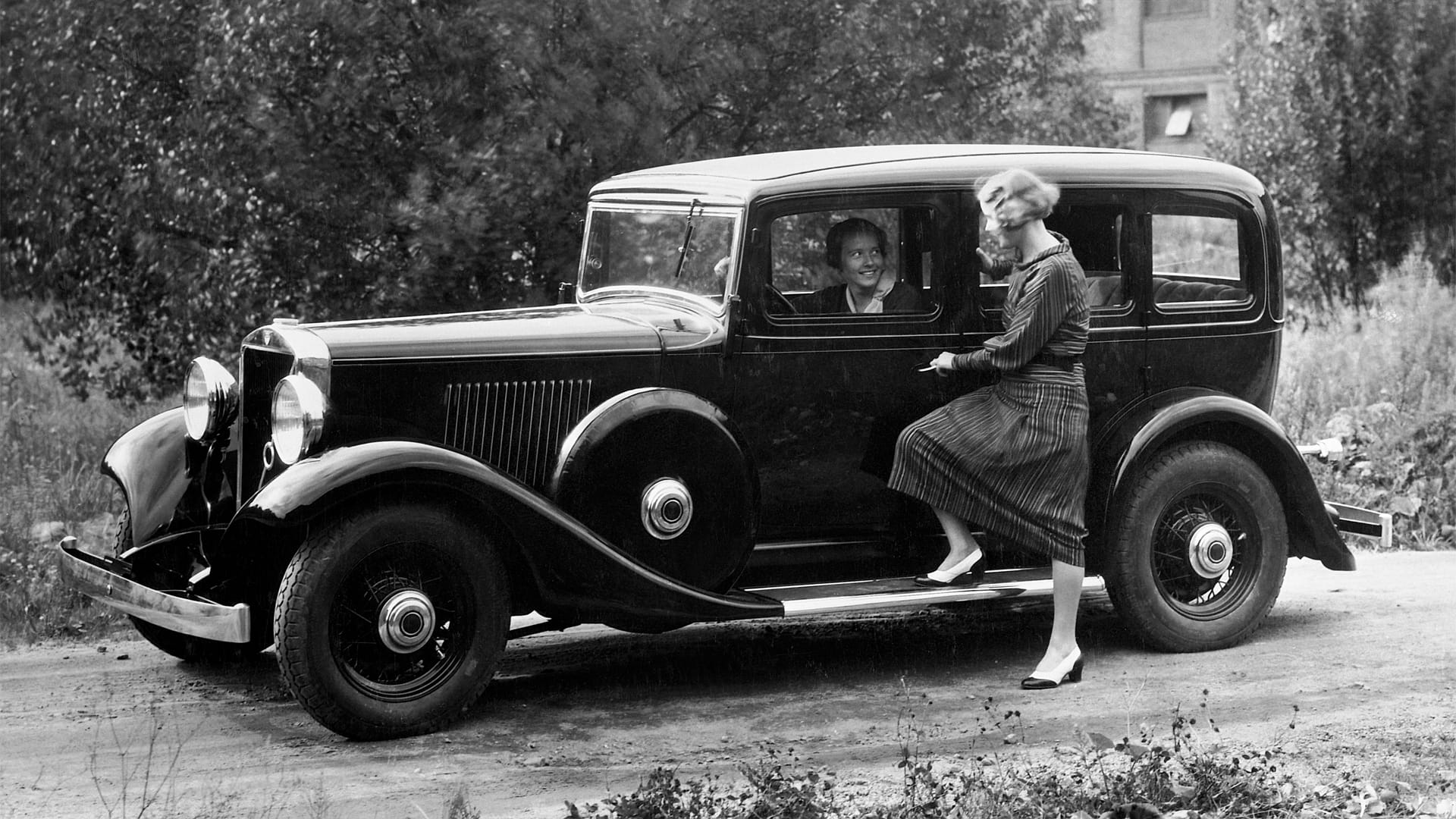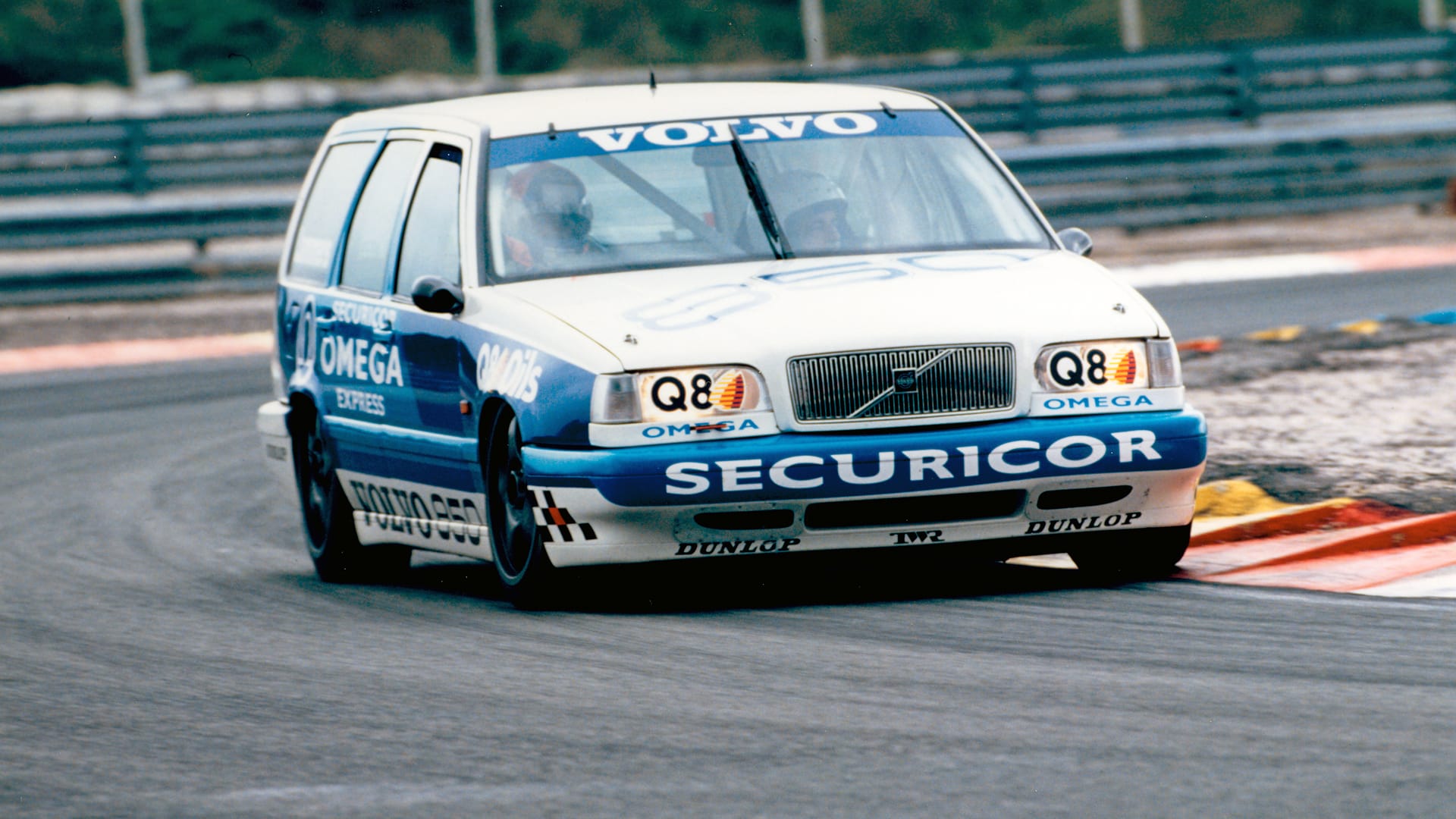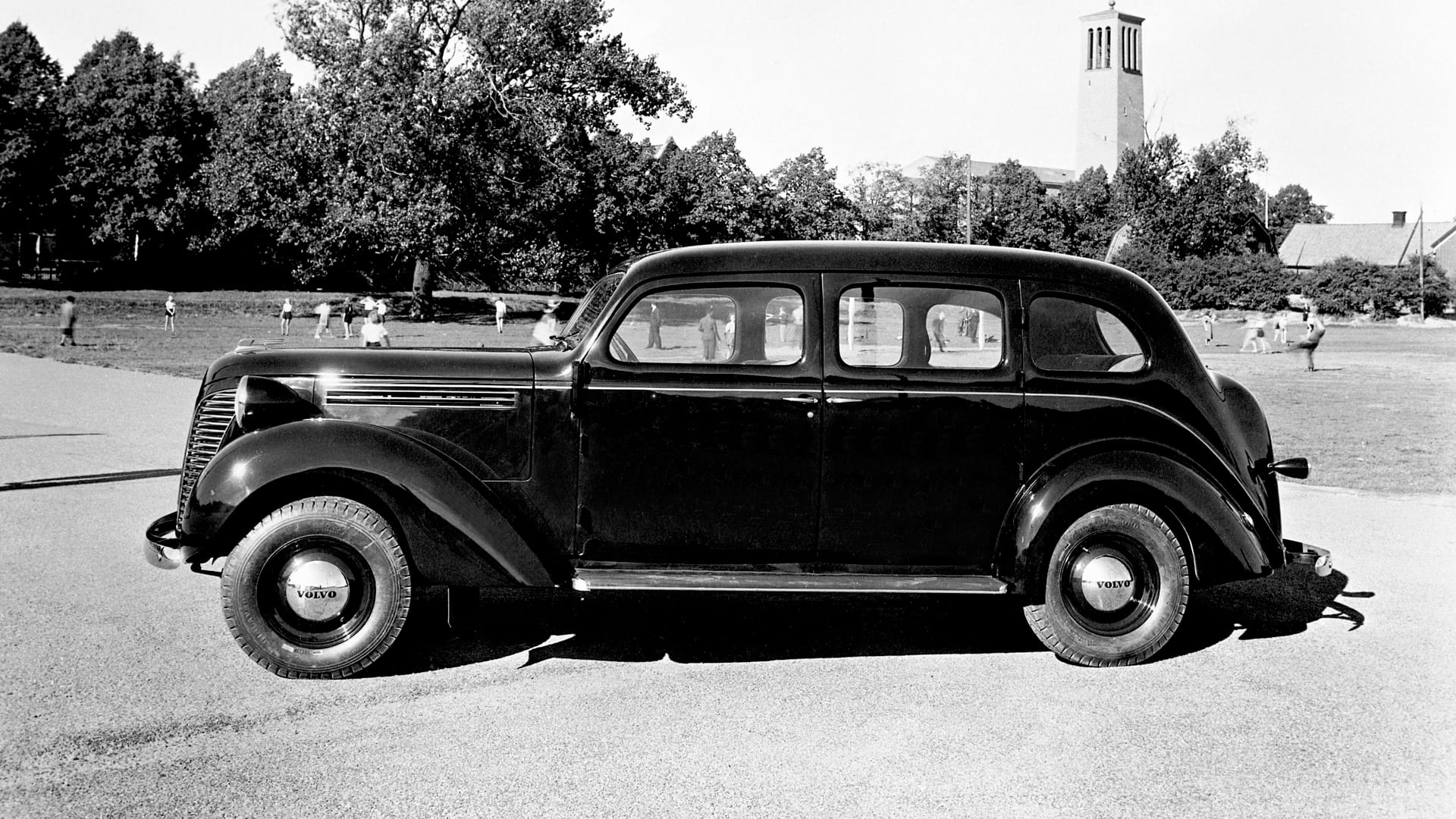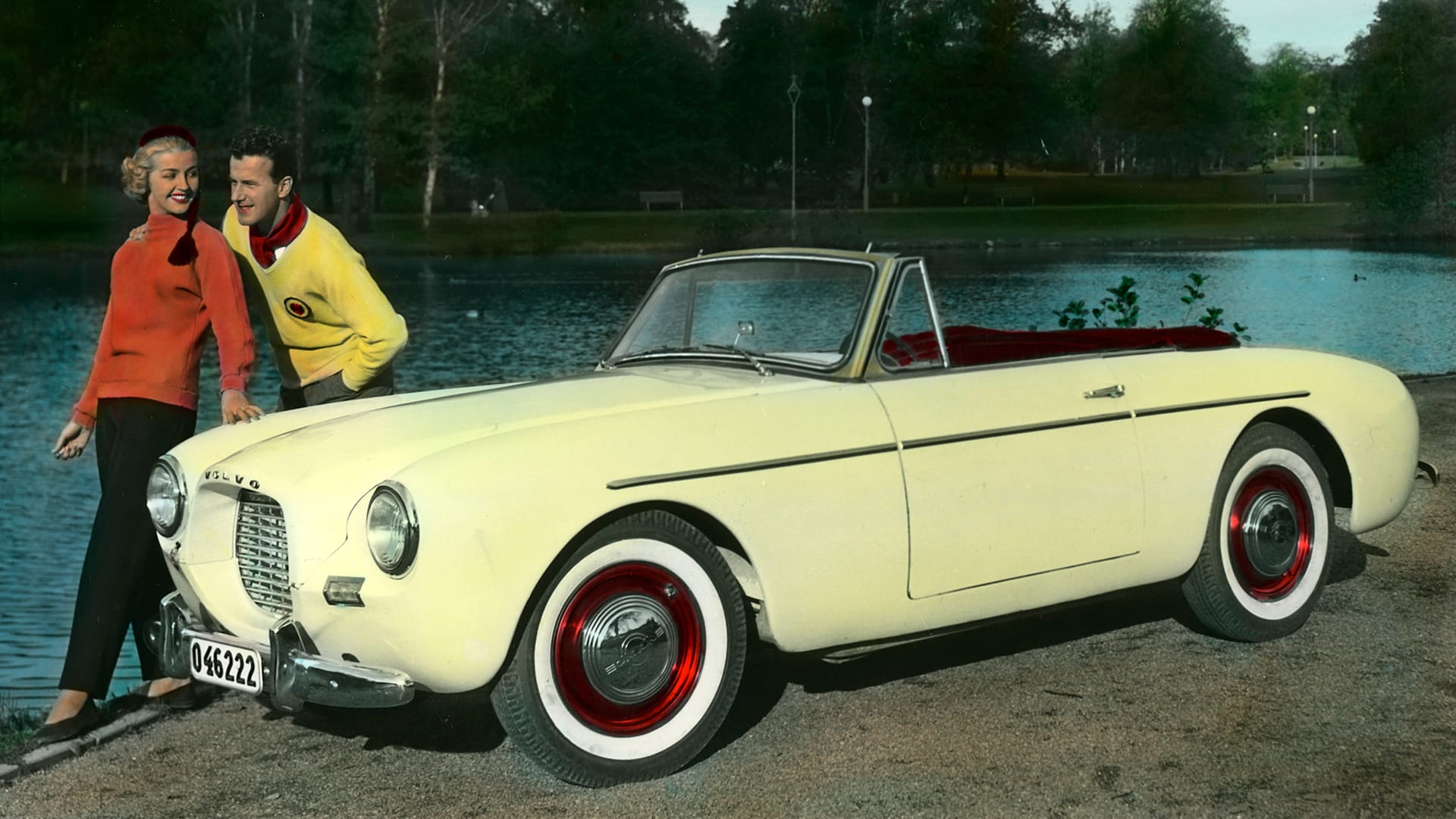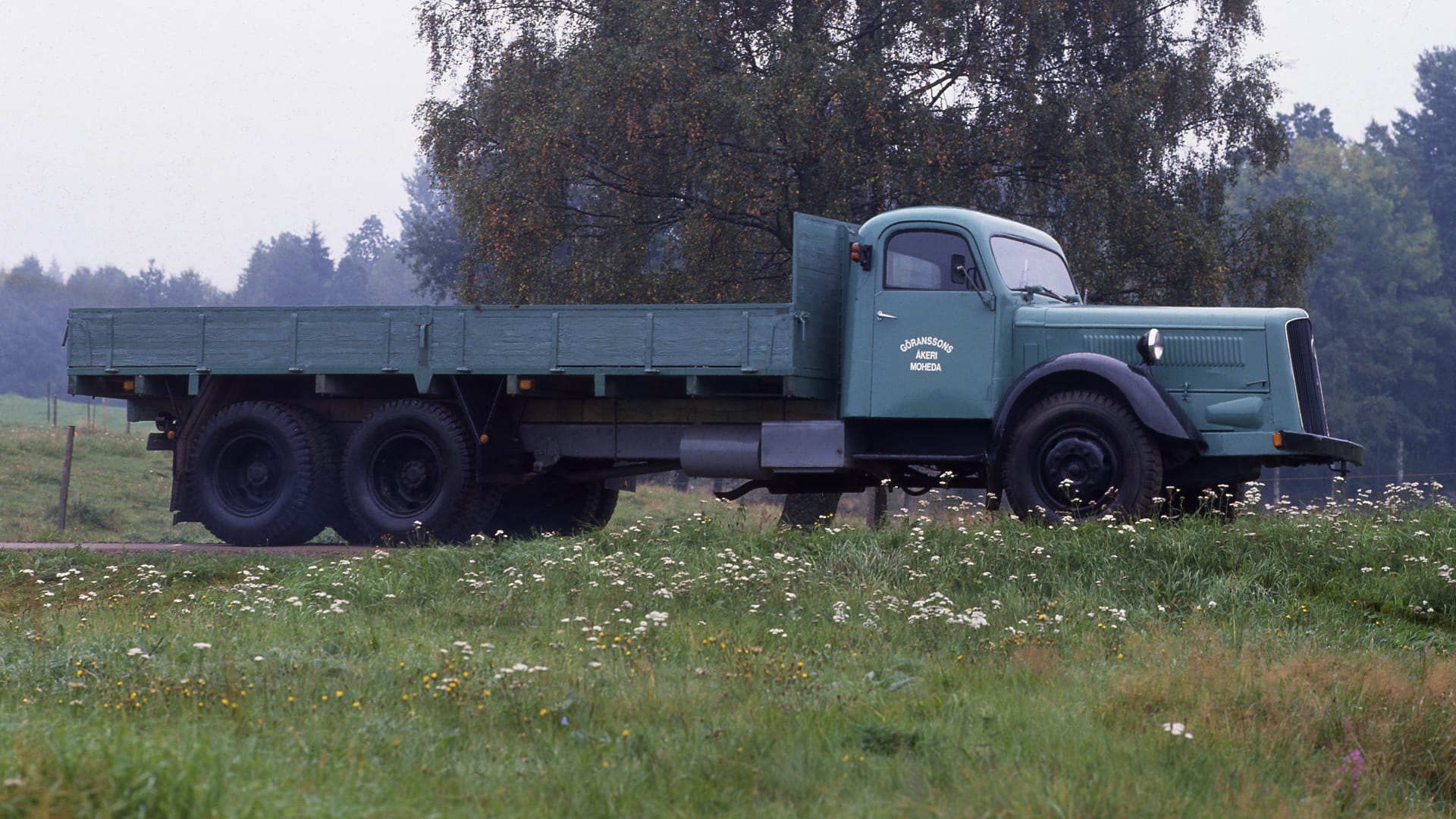Volvo LV93
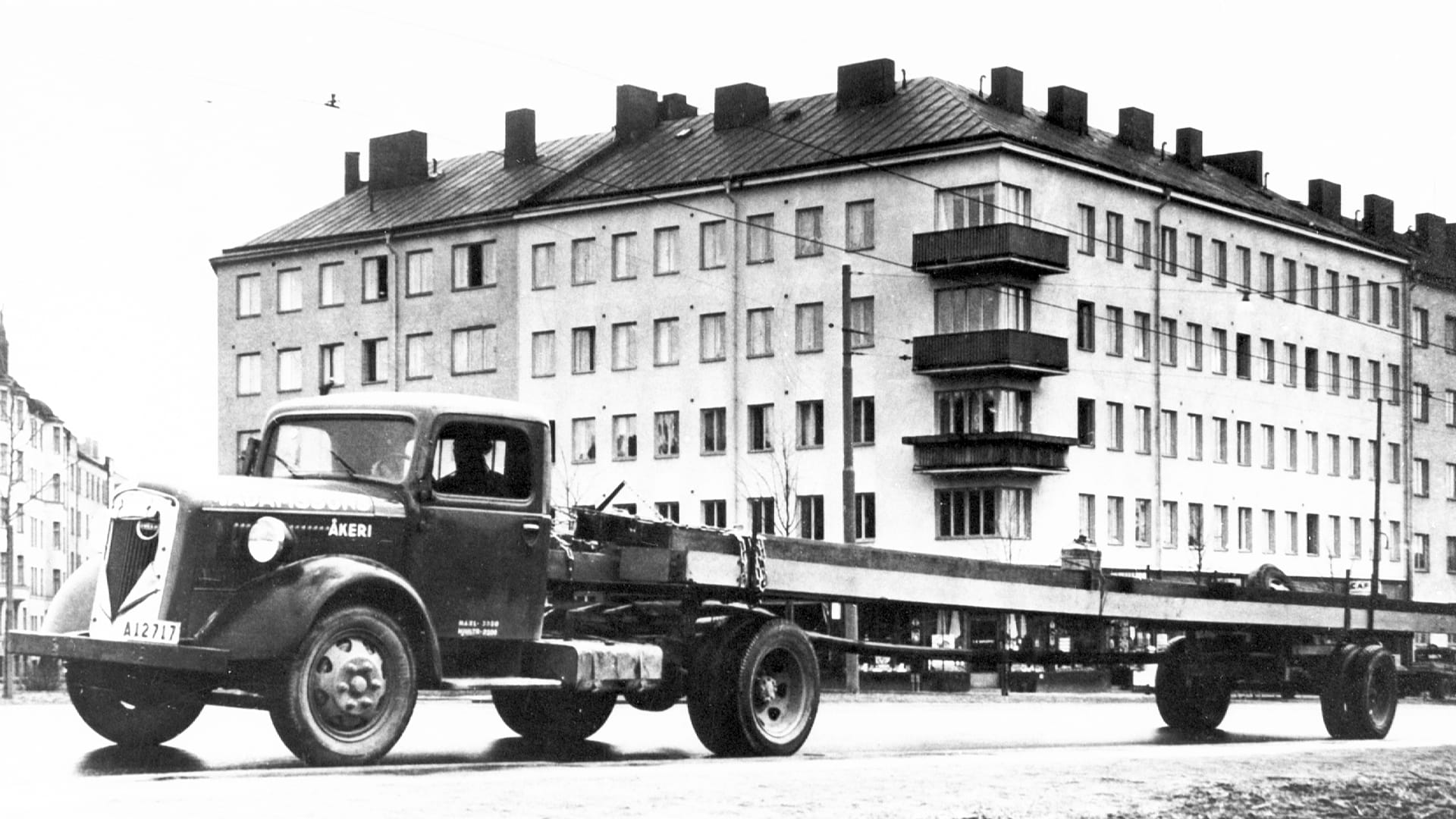
An omnivore with an appetite for wood gas
From the outbreak of war in 1939, there is a shortage of petrol and oil. Access is primarily limited to the military and civil defense. Civilian vehicles are rapidly converted to run on wood gas, which will keep Sweden rolling during the war.
The Volvo LV93 is introduced in 1935, and in its wood gas version, it features a shorter bonnet and a gas tank behind the cabin. This particular model has a 4.4-liter, 75-horsepower engine developed by the Swedish inventor Jonas Hesselman. It starts on petrol but can be switched to run on fuel oil, kerosene, diesel, or wood gas—a fuel produced by incomplete combustion of wood or coal. During the war, every third vehicle in Sweden runs on wood gas.
A prosperous 1930s
The 1930s prove prosperous for Volvo's trucks. The LV83 series, introduced in 1935, immediately becomes a great success and is soon followed by two more series: LV81 and LV93. Both resemble the LV83 but have improved chassis. This marks the beginning of a new strategy for Volvo. The trucks in the different series have almost the same appearance and load capacity but different engines. The LV83 and LV81 are equipped with side-valve engines, while the LV93 has an overhead-valve engine, hence a slightly longer nose. However, the power output remains the same, at 75 hp.
Becoming the leader in the Nordics
The engine in the LV93 has better torque and is also suitable as a technical basis for buses. Nevertheless, it's challenging for salesmen to justify why the LV93 should be more expensive than the vehicles in the other series. But with the new models, Volvo catches up with and surpasses the competitors. In 1935, 2,280 trucks are sold, and two years later, the number is almost doubled, with 4,450 trucks, making Volvo the leading truck manufacturer in the Nordics. One reason for the successes is that Tidaholms Bruk stops manufacturing trucks in 1933. When production ceases, many of the designers move over to Volvo, resulting in rapid technical development. In addition to the overhead-valve engine, the LV93 can also be equipped with the Hesselman engine, capable of running on various fuels, including wood gas.
Rationing oil
The wood gas unit from 1939 on the LV83 truck in the World of Volvo is also of the Hesselman brand, and the vehicle operates on a combination of petrol and wood gas. Fuel becomes crucial during World War II, as oil is not allowed for private use, except in a few exceptional cases. Many people opt for completely different modes of transportation: between 1939 and 1942, motor vehicle transport decreases by 70 percent, while cycling increases by 40 percent and horse transport by 30 percent.
More wood gas vehicles
In November 1940, there are 22,000 wood gas vehicles in Sweden; the following year, the figure is 71,000, and by autumn 1943, it reaches 80,000. The total number of motor vehicles of all categories is 250,000, so during the war, every third vehicle runs on wood gas. It is produced by incomplete combustion of charcoal or wood pieces in gas generators and then led to the engine where it is burned to carbon dioxide. However, its energy content is low, only 30 percent of natural gas, and the range is accordingly limited.
Handle with care
Since wood gas mainly consists of carbon monoxide, it is also poisonous. Many professional drivers suffer from chronic carbon monoxide poisoning, with symptoms including fatigue and sometimes dizziness. Wood gas is also dangerous both to refill and then ignite. During the war years, 3,000 car fires occur, and a sign widely spread at this time carries a clear and ominous message: "Death lurks with carelessness with wood gas." From 1941, it becomes a legal requirement to always have a fire extinguisher and a vessel with ten litres of water.

